No Nā Kānaka For The People

A Vision for Long-Term Restoration & Healing For the People & By the People
Nā Kia‘i O Maui

H ā lau Lahaina, Malu I Ka ‘Ulu
Lahaina is like a large house shaded by breadfruit trees
2
‘Ōlelo No‘eau, Traditional Hawaiian Proverb
Welina mai me ke aloha!
My name is Aunty Nettie and I am the Po’o (Executive Director) of Nā Kia’i O Maui, a boots-on-ground, peoplepowered nonprofit that was founded in the early hours of August 9th to provide compassionate support to fire survivors rooted in our shared values of ‘ohana and aloha.
No Nā Kānaka, meaning for the people, is a movement founded on the belief that the people of Lahaina can rebuild Lahaina. Every decision we make, everything we do, every thought, word, or deed must be fueled by only this—our deep and unwavering love for the people and our belief in their inherent and collective power to be the navigators of their own destinies.
We know that healing our land and people will take many years, perhaps even generations, and we acknowledge that the immense challenges we face today have been generations in the making. Nā Kia’i O Maui is committed to the long road ahead and we wholeheartedly embrace our kuleana to this work. I would like to invite you to join us on this journey. This book shares our stories, values, goals, and vision for the future.
Let us amplify all voices no nā kānaka to ensure that no one is forgotten and every single person, every family, every neighborhood is held lovingly in our collective embrace for as long as it takes to restore complete health, wholeness, and well-being for all.
Me ka mahalo, Aunty Nettie Aquino Po’o, Nā Kia’i O Maui


3
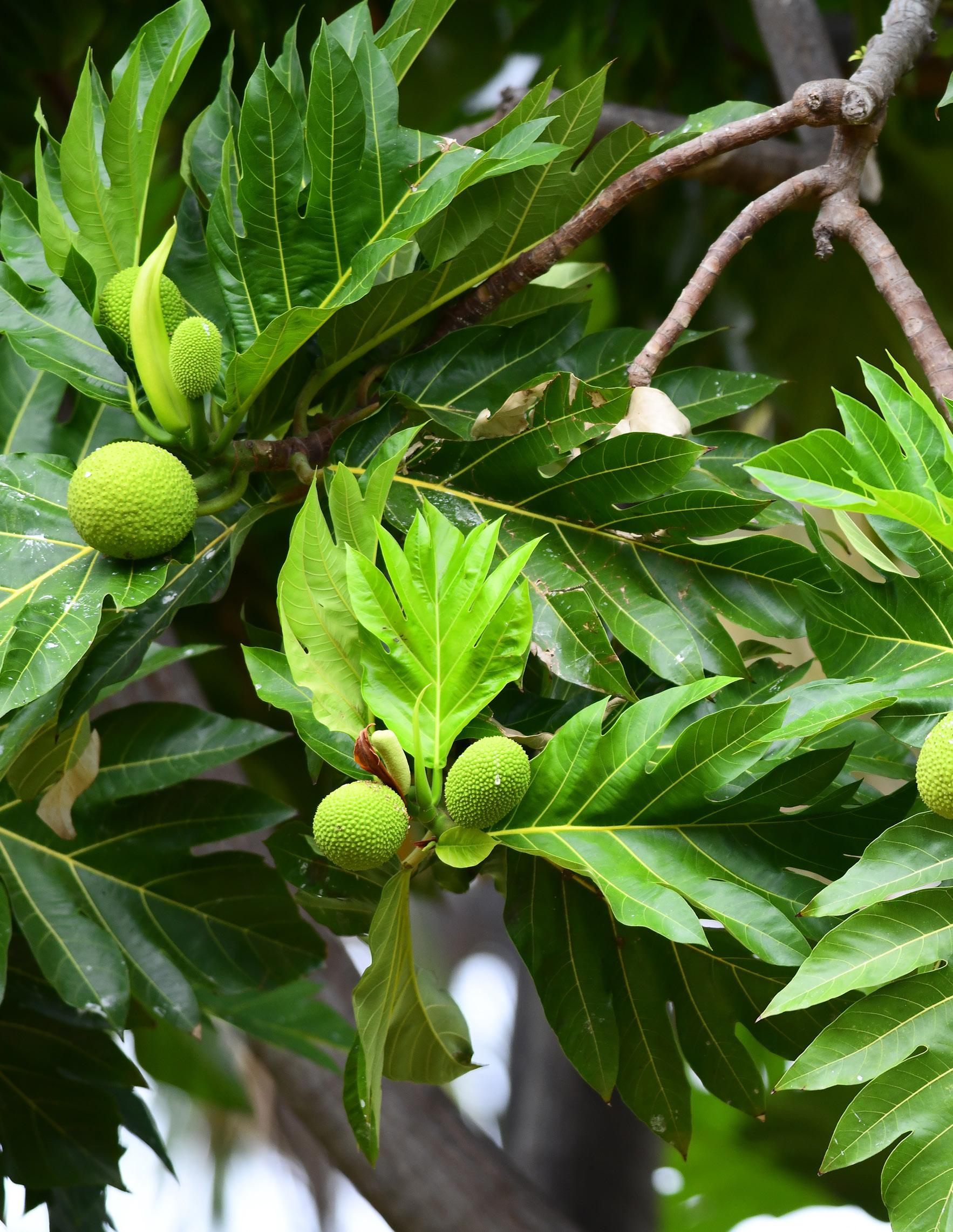
The Shaded Breadfruit Groves of Lele Ka Malu ‘Ulu O Lele
Come take a glimpse for just a moment through our eyes. Imagine we have paddled out on a canoe and we are looking back at Lahaina. We see homes clustered in neighborhoods where children play and kūpuna sit on lānai—their gentle eyes taking in the beauty of a vibrant and thriving landscape. The island is green from the mountains to the sea, and we see well-established groves of ‘ulu offering cool shade while life-giving waters flow freely along ancient pathways feeding the pond at Mokuhinia. Food is growing in abundance, nourished by drenching Ka Ua Pa’ūpili rains, providing sustenance to ‘ohana that have lived on these lands for generations. Native Hawaiian values and practices are embraced by a community that celebrates its interconnectedness and diversity. Locally-rooted and community-centered businesses are thriving, and Front Street is a beloved hub of social, cultural, and economic activity connected by our shared values of aloha ‘āina and aloha kekahi i kekahi—love for the land and for one another. Generations have gathered under the dense foliage and curving branches of Lahaina’s beloved banyan tree, while laughter makes audible the deep joy rising like a spring in the hearts of the people.
We are on a voyage to pull this island from the sea, guided by an inner compass that resides in our na’au and ever points to our true north. Lahaina will rise and once again be as it was—a thriving center of cultural, social, natural, and spiritual abundance.
Lahaina, I Ka Malu ‘Ulu O Lele
Lahaina, in the shade of the breadfruit trees of Lele
‘Ōlelo No‘eau, Traditional Hawaiian Proverb
4 No Nā Kānaka: A Vision for Lahaina’s Long-Term Restoration & Healing
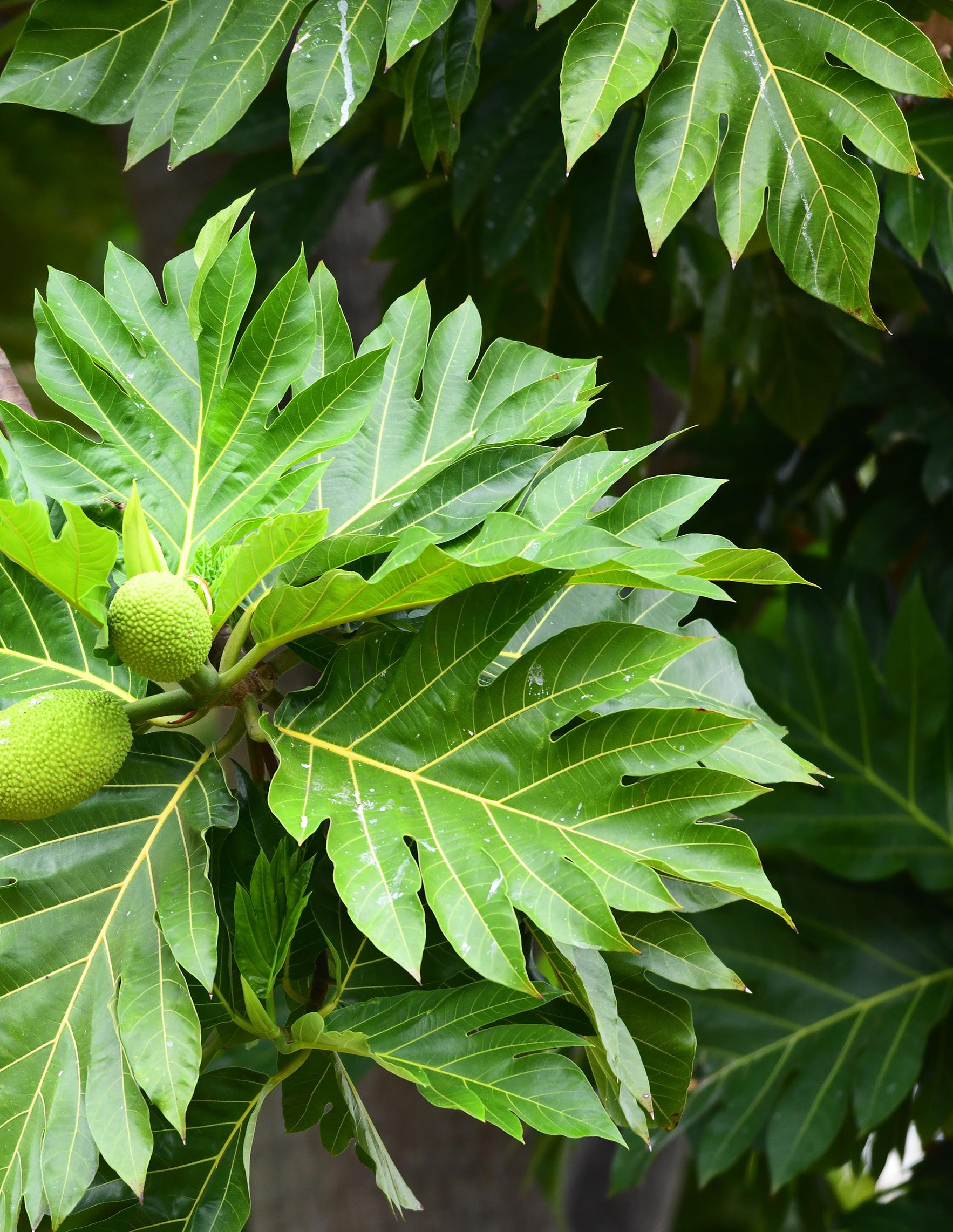
5
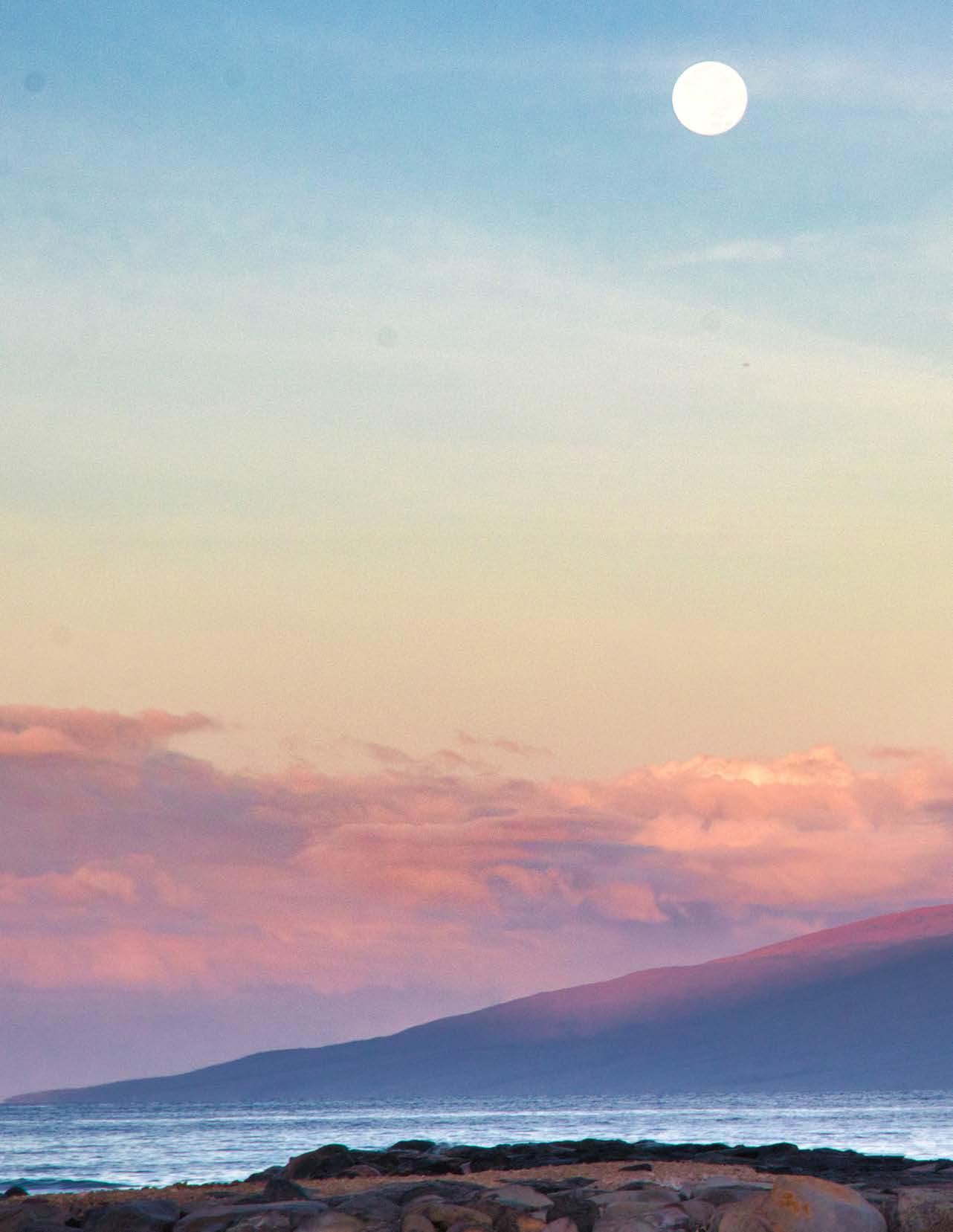
6 No Nā Kānaka: A Vision for Lahaina’s Long-Term Restoration & Healing
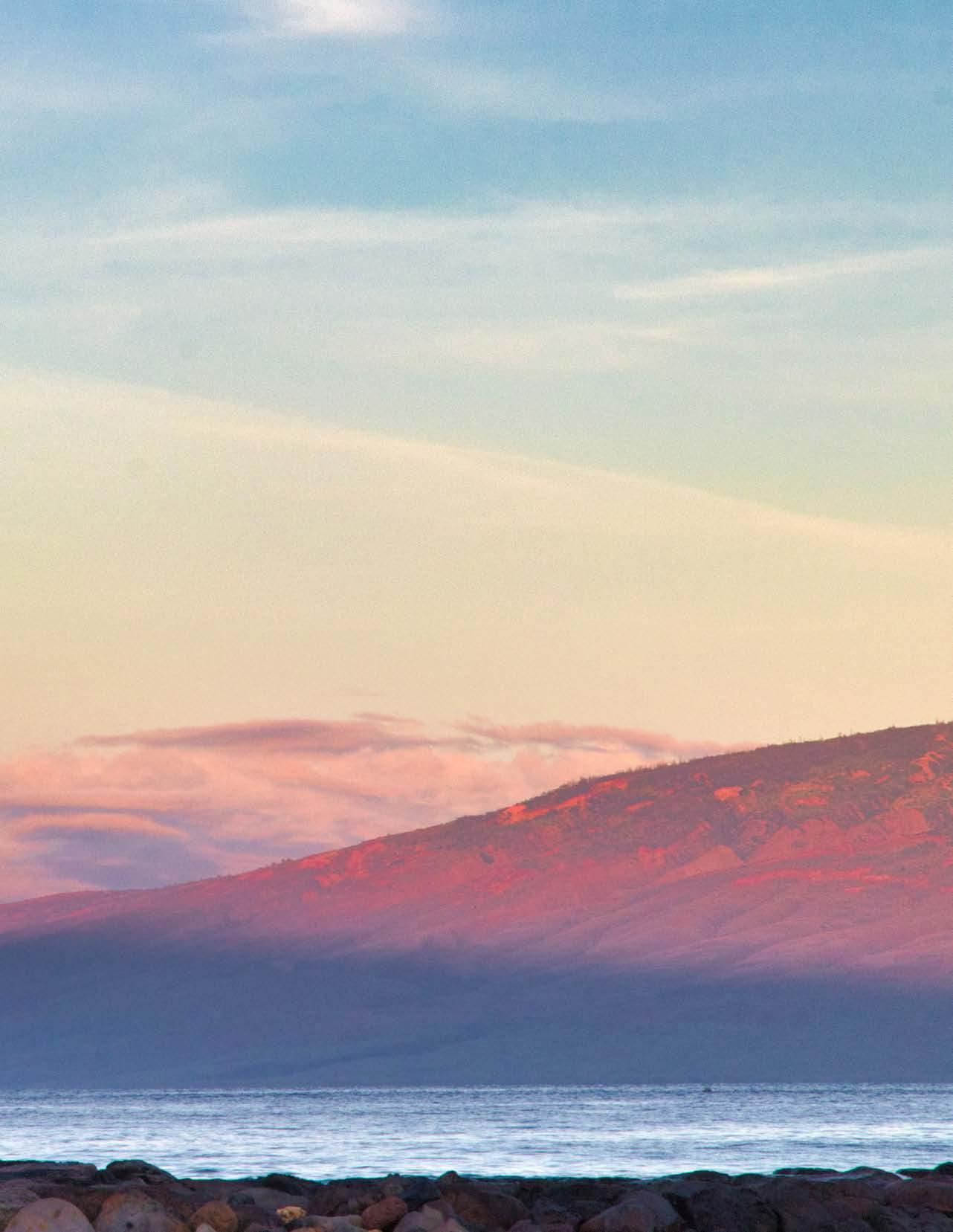
Following Ancestral Pathways Ke Ala O Nā Kūpuna
In Hawaiian thought, names encode profound ancestral knowledge accumulated over countless generations about the characteristics, deeper meaning, and purpose of a place. Lele is an older name for Lahaina and this treasured place was poetically referred to as Ka Malu ‘Ulu O Lele, which celebrates the shaded breadfruit groves that adorned a lush, fertile, and abundant landscape.
Deepening our understanding of Lahaina’s history and traditional names can act as a beacon along our healing journey. Like the proverb that teaches us “i ka wā mamua, ka wā mahope,” meaning our future can be found in our past, we look to the rich and storied history of Lahaina as our zenith star on this voyage of healing and rebirth.
Lahaina is situated on the Leeward side of Kahālāwai, the West Maui mountains, characterized by abundant water, narrow ridges, deep valleys, and steep slopes. Kahālāwai means the meeting place of waters, or the place where heaven and earth meet. The summit at Pu’u Kukui at 5,788 feet elevation is a pristine and intact native forest which extends down to mesic forests and native shrublands.
Lahaina was nourished by numerous perennial streams and springs that sustained floodplains and wetlands including a 17-acre pond at Mokuhinia surrounding the small island of Moku’ula. Kānaka Maoli worked in harmony with the natural environment to protect the wetland ecosystems of Lahaina for millennia sustaining life in an uninterrupted continuum.
Native species and traditional crops including ‘ulu, kalo, ‘uala, hala, kukui, and niu flourished. Large ‘ulu groves cooled the landscape, increased transpiration, and enhanced rain patterns to keep Lahaina lush, while providing protection from the powerful Kaua’ula winds. A complex and interconnected system of ‘auwai and fishponds were carefully maintained to support food production while decreasing
7
flood risks. Due to its abundance, Lahaina was the royal seat of renowned ali‘i since the 1400s and recognized as the Capital of the Hawaiian Kingdom in the 1800s.
In the past two and a half centuries, Lahaina has undergone immense social, environmental, and cultural disruption that drastically shifted its ecosystems from the mountains to the sea. From the early 1800s, waves of extractive industries including whaling, sugar, pineapple, and mass tourism has taken a tragic toll on Lahaina.
The privatization of land in the mid-1800s and increasing political pressure displaced many native families from ancestral lands that they had stewarded for generations. In more recent times, native families have continued to be displaced by Hawai’i’s astronomical cost of living to such a point that there are now more Hawaiians living on the mainland than in Hawai’i.
What was once floodplains, taro patches, and wetlands has become arid, fire-prone landscapes vegetated by invasive grasses. No longer beckoned by shady ‘ulu groves, the rain that once drenched the pili grass falls sparingly. The fishpond at Mokuhinia is a dusty field and beloved Moku’ula resides only in the stories, chants, and songs of our people.

As we seek to heal and rebuild Lahaina from the devastating impacts of the August 8th fires, it is imperative that we understand the greater context of our work. We root ourselves in a continuum that extends thousands of years before us and extends forward for thousands of years to come.
8 No Nā Kānaka: A Vision for Lahaina’s Long-Term Restoration & Healing

LELE
To fly, ascend, jump, leap, burst forth; to sail through the air, as a meteor; to land, disembark, as from a canoe; to undertake; to move, as stars in the sky. A sacred altar used in traditional ceremony.
9
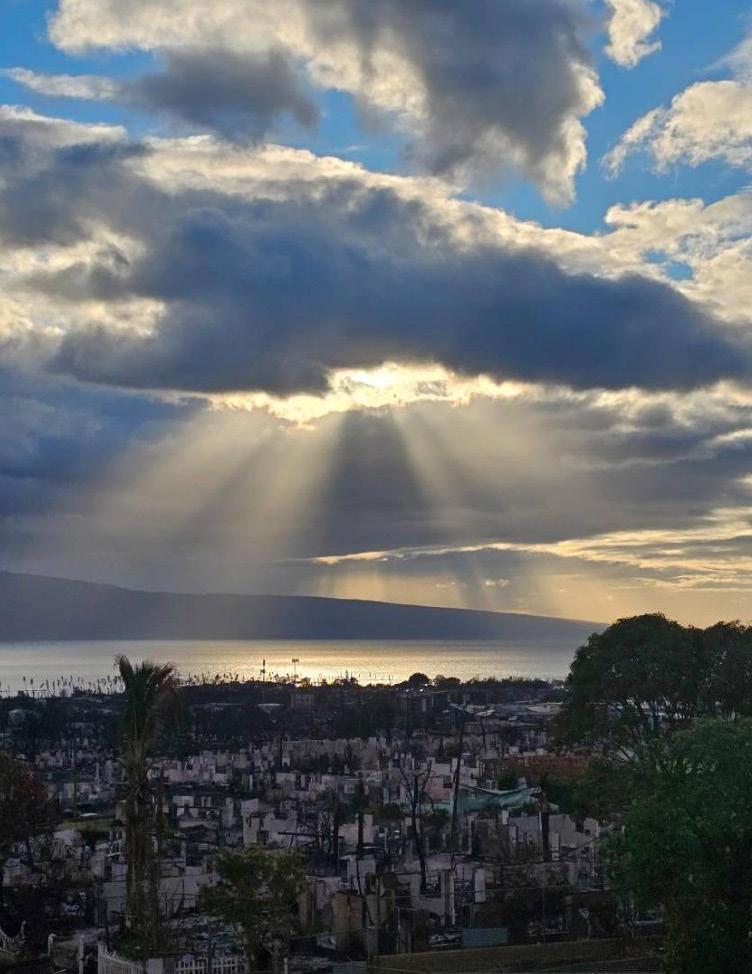
10 No Nā Kānaka: A Vision for Lahaina’s Long-Term Restoration & Healing
Navigating our way
The devastating August 8th Maui fires claimed 101 lives, displaced countless families, destroyed 2,200 structures and caused an estimated 5.5 billion dollars of damage. Disasters create their own ecosystems, complete with their own systems of power and governance, economies and workforce, ills and dysfunctions, and their own social dynamics.
Despite immense obstacles, the local community activated in powerful ways immediately in the wake of the disaster. Local residents, ‘ohana, companies, nonprofits, community organizations, churches, and cultural groups set up robust mechanisms to provide direct aid in the areas of communications, transportation (initially by boat or helicopter until roads opened), meals/ food, water, medical supplies, hygiene products, mental/emotional health support, women’s health, maternal and infant care, elder care, support for displaced students and teachers, immigrant support, and more.
As donations of food, water, and other essential supplies flooded into Maui, community groups quickly stood up hubs at neighborhood parks, community centers, warehouses and parking lots, or personal homes, to receive and distribute these essential goods to impacted families. These hubs quickly coordinated their efforts to maximize efficiency and ensure that ‘ohana received what they needed when they needed it. It is important to note that the bulk of this work was activated and sustained without federal or private funding.
These community-led, relationship-based systems continue to grow stronger as Maui embarks on the long voyage of healing ahead.
Rather than viewing impacted communities as passive recipients of aid and as ancillary to aid efforts they must be recognized as the very heart of the disaster response and recovery. They are the navigators of the long voyage of healing that lies ahead. Community-led efforts provide a critical bridge between external resources and those in need of support by understanding how best to deliver services in ways that allow local families to retain their sense of dignity and autonomy. It is essential for external entities to orient themselves to the community being served.
Restoring the rightful role of communities as the navigators of their own destinies amplifies community empowerment and strengthens mechanisms for ongoing resiliency and ‘ohana wellbeing.
11

Kāko‘o I Nā Kānaka Our Journey Serving The People
12 No Nā Kānaka: A Vision for Lahaina’s Long-Term Restoration & Healing
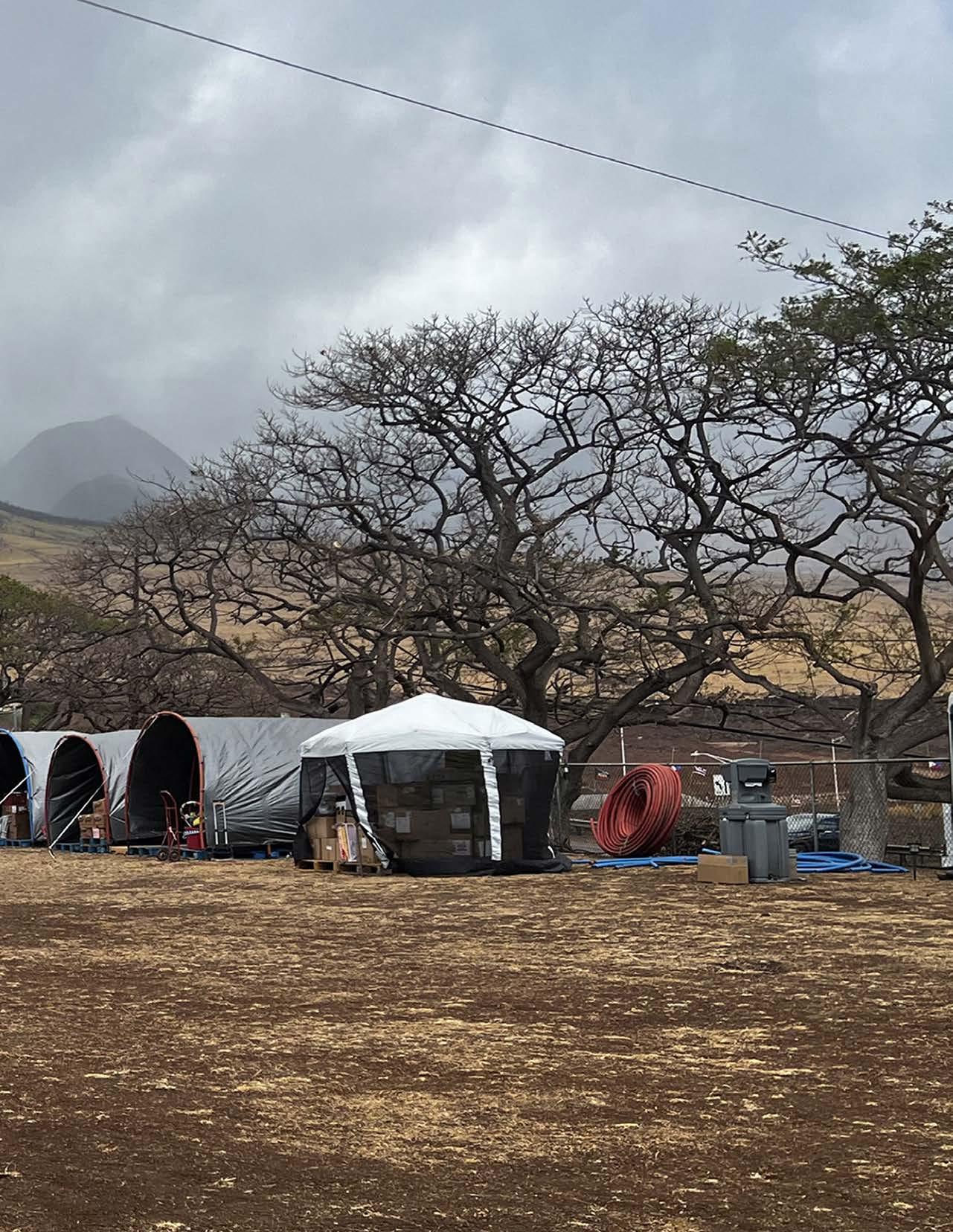
War Memorial Shelter
An elderly woman walks into the War Memorial. She has bandages around her feet and hands where she was burned while fleeing for her life. She has just lost everything to a devastating wildfire that burned much of her home town and she is in shock and disoriented, her cell phone doesn’t work and there’s no way to find out if her loved ones made it out alive. The shelter is crowded and she feels numb and unsure how to navigate this unthinkable reality. She hangs her head, weighed down by so many unanswered questions, as tears course down her face.
A gentle touch at her elbow causes her to look up. “Hello Aunty, you don’t need to say anything. My name is Nettie and I am here to help you find a bed and make sure you are taken cared of.” The kind words and steady presence of this woman at her side is an anchor she can hold onto, the simple guidance, to find a bed, a path she can follow in this moment. This one moment is all she can manage. “I will come see you every day Aunty to make sure you have what you need.” Nettie sits quietly holding her hand as she cries.
In
the wee hours of August 9th, survivors from the devastating fires continued to show up at the War Memorial shelter. We saw humanity at its most fragile—people in shock, afraid, many with injuries and burns, completely stripped of all they held dear and thrust into this foreign land of makeshift cots and communal living. They came from all walks of life into this shared space, the elderly, disabled, babies and children, families that had lost touch with loved ones and feared the worst.
13
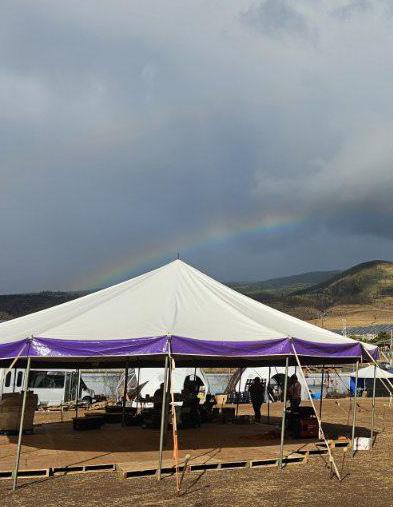
We do not realize how much we take for granted until it is gone, or until we are helping someone that has just lost everything—the home we live in, the food we eat, the clothes we wear, the car we drive, the simple tasks that accompany our day to day life, brushing our teeth, using the bathroom, taking a shower.
Nā Kia’i O Maui’s origin story starts in the incredible outpouring of human kindness and compassion we took part in at the War Memorial over a period of two weeks. Under the steadfast leadership of Aunty Nettie Aquino, a grassroots group dubbed “Da Hui” immediately organized to manage volunteers and donations while also providing loving direct support to survivors at the shelter.
Aunty Nettie shares what those early days were like: “Our hui was the one that sat with them right after. FEMA and Red Cross didn’t show up right away. Not everyone can be in that space, not everyone will understand how much it took just to be present in the face of such brokenness and loss. We needed to be strong when we were with survivors, we would sit there and let them cry keeping our tears in until we could go in the back. Then we armor up and come back out with a smile, ready to serve.”
Da Hui provided critical support to survivors from day one and throughout their stay at War Memorial. This included making sure they felt welcomed, getting them settled in upon arrival, organizing volunteers and donations, setting up a free “store” for survivors to meet all their essential needs, assisting elderly and disabled with showering and personal care, providing individual support tailored to unique needs—and even before roads opened, sending donated goods out to hubs in Lahaina (initially by boat and helicopter) and throughout Maui where survivors were sheltering.
When War Memorial was shutting down and survivors being moved to hotels, many families were apprehensive about the transition. Da Hui volunteers had built relationships with survivors and were able to answer their questions, share important information, and most importantly reassure them that they would be okay enabling them to take the next step in their long healing journey. Da Hui then spent a week as ambassadors at the hotel at the request of Red Cross connecting folks to wrap around services and systems of support.
14 No Nā Kānaka: A Vision for Lahaina’s Long-Term Restoration & Healing
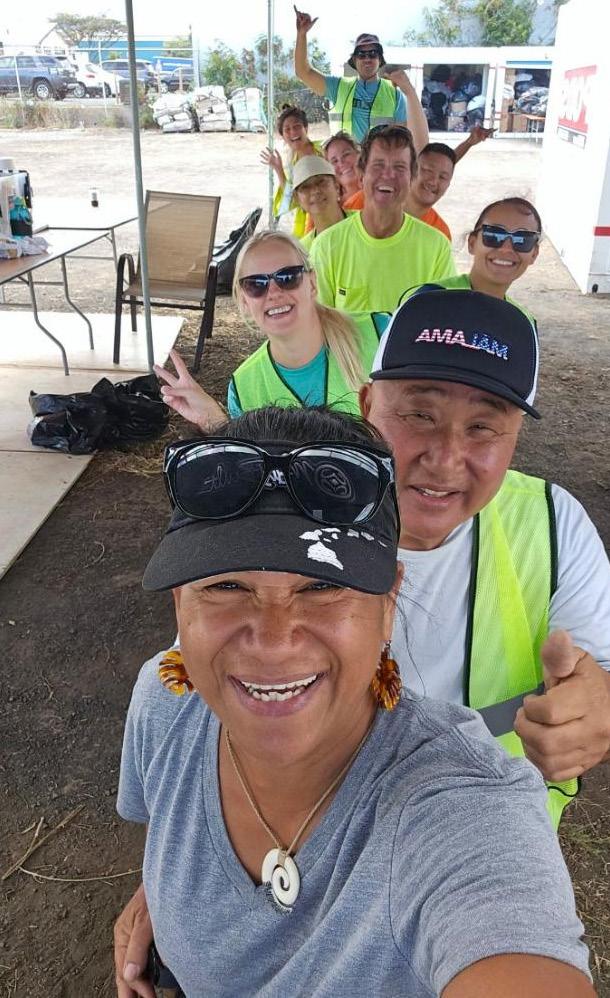
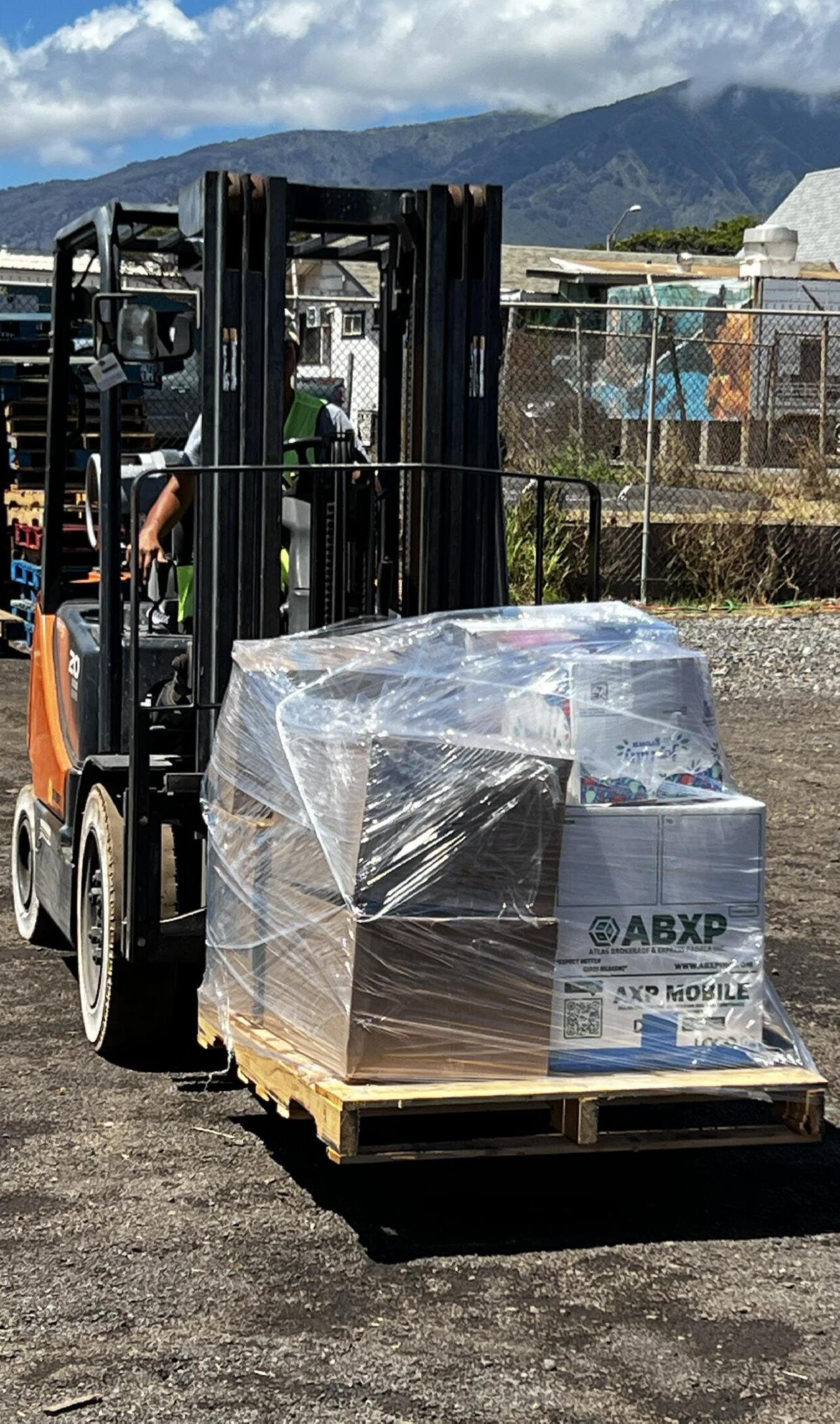
‘A‘ohe hana nui ke ‘alu ‘ia
No task is too difficult when done together by all ‘Ōlelo No‘eau, Traditional Hawaiian Proverb
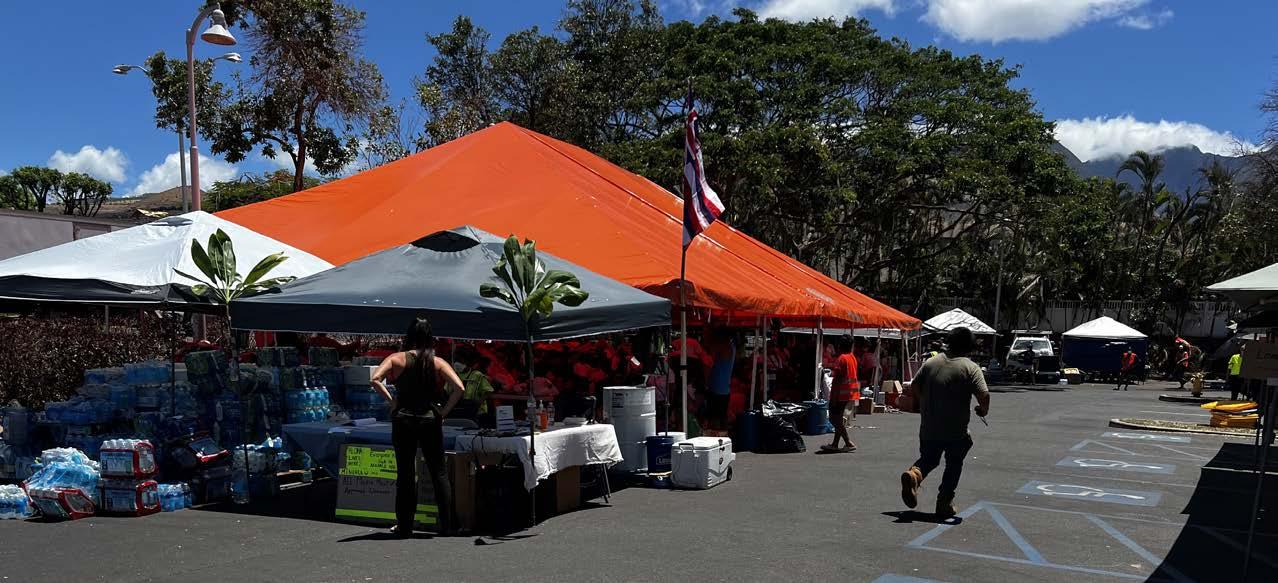
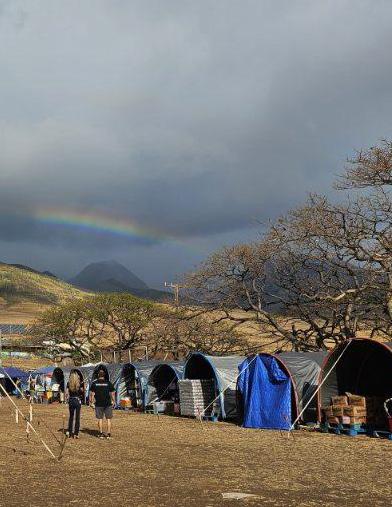
15

16 No Nā Kānaka:
Central Hub & Kelawea Mauka Makai
Once the shelter closed at War Memorial, Da Hui relocated to 150 Hāna Highway to build a central hub where donations could be received, sorted, and distributed to a network of 38+ community hubs in Lahaina and throughout Maui. These hubs provided a critical lifeline to impacted ‘ohana by delivering essential goods and services directly to families near where they were residing.

After learning that a popular clothing brand already had the name “Da Hui,” Aunty Nettie gave us a new name— Nā Kia’i O Maui, meaning the protectors of Maui. The ‘ohana of 1000+ volunteers we forged at War Memorial and our robust network of donors, agencies, and community organizations stayed with us as we pivoted to support community hubs.
Within a matter of days, we turned a dusty open lot into a fully functioning hub with large tents, plywood flooring, pods for sorted goods, containers for secure storage, volunteer respite tents, portpotties, and wind blocks. We also quickly formalized safety protocols and volunteer engagement procedures, secured equipment and equipment operators (flat bed truck, forklift), and mobilized our networks to secure donations based on what communities were asking for—all without any paid positions or grant funding. We sustained these efforts Monday through Saturday through midSeptember.
During our time at 150 Hana Hwy we learned of the plight of the Kelawea Mauka Makai community where neighborhoods in Lahaina that were spared adjacent to the burn zone were largely being forgotten. Toxins in the air and water were a huge concern and there was a need for essential supplies such as drinking water and air purifiers. We quickly responded and helped to set up infrastructure for this hub while securing and distributing these critical donations.
17
Pu‘uhonua o Nēnē
There was once a very intelligent and motivated man who went to a prestigious school and became an astute attorney. Somehow along the way he got into drugs and lost everything, his wife, his business, his home. He was from Lahaina and we first met Uncle and got to know his story at the War Memorial Shelter. He is a very respectful older gentleman, who despite his injuries due to the fires, would always ask Aunty Nettie, “Do you need help?” Aunty Nettie talked Uncle into going to the hotel and when they said goodbye, she said, “I will see you down the journey.”
Sure enough, he showed up at Pu’uhonua o Nēnē and was surprised to see his friend Aunty Nettie. Uncle wanted to help out at Pu’uhonua and we put him to work assisting with the off-grid systems. One day he showed up in very ragged and dirty clothes. We encouraged him to shower and care for his basic hygiene needs, then gave him new clothes. “We are going to get you looking like a smart attorney,” we told him. He loved it and wanted to do a fashion show. When interviewed by the Maui News, they asked him who made the most impact, his unequivocal answer was “Aunty Nettie, she believed in me, ‘til my dying day I will never forget her.”
In late September, we showed up with a small army of volunteers to help build an off-grid tent city in Central Maui to house Lahaina’s houseless community as they were being evicted from hotels and had nowhere to go. Due to the timeline, we had three days to transform an open industrial lot into a small city with residential units, kitchen, cafeteria, intake and medic tents, bathrooms/showers, recreation areas, and off-grid water and electrical infrastructure—including air conditioning for all the tents!
We showed up Tuesday and by Friday, September 29, we blessed Pu’uhonua o Nēnē and began welcoming residents to their new home. We were asked to step in to manage the facilities under Aunty Nettie’s leadership while training Project Vision’s team to sustain ongoing operations. Pu’uhonua o Nēnē was an incredibly
18 No Nā Kānaka: A Vision for Lahaina’s Long-Term Restoration & Healing
He ‘ohu ke aloha, ‘a‘ohe kuahiwi kau ‘ole
Love is a mist, there is no hill upon which it does not settle ‘Ōlelo No‘eau, Traditional Hawaiian Proverb

19
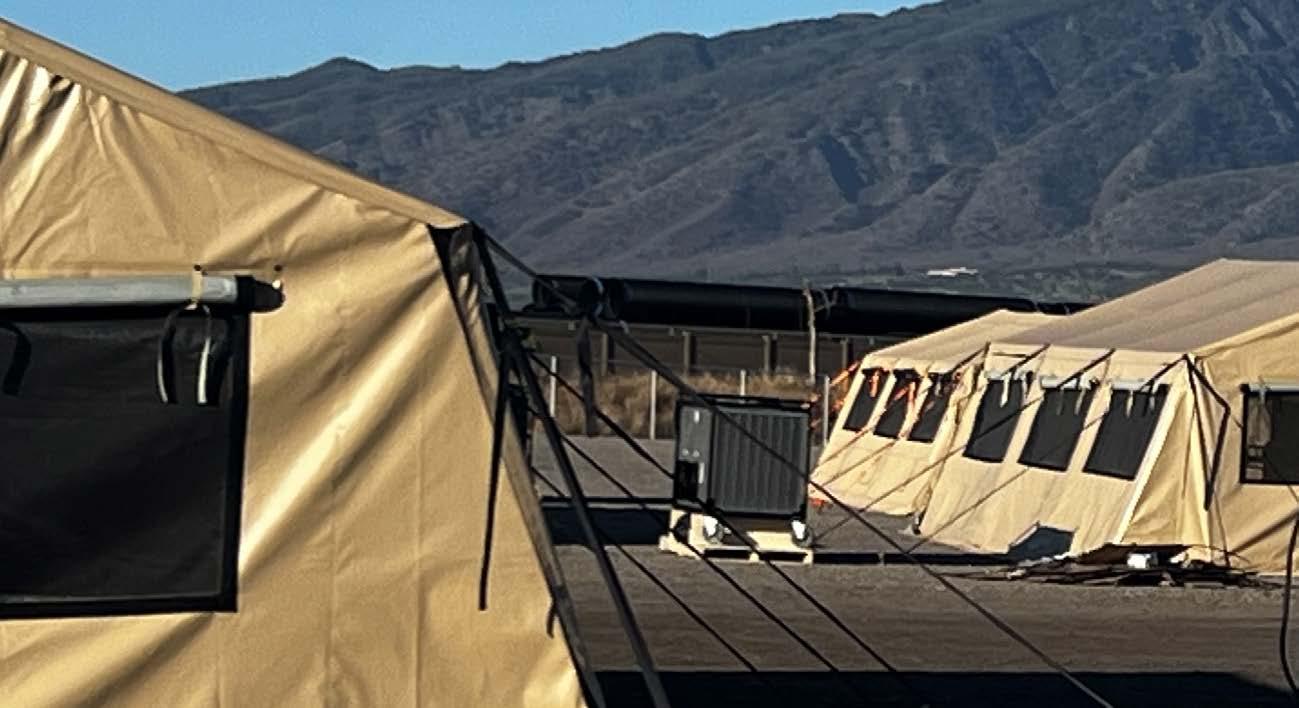
complex, multi-layered, and ambitious project and there was so much we learned along the way. We worked hard to establish the safety and comfort of all residents, and nurture a supportive and loving community, even while dealing with things like drug use, poverty, conflict, violence, and suicide.
Throughout our time there, we continued to strengthen infrastructure and expand facilities to better meet the evolving needs of residents while strengthening the capacity of Project Vision’s team to operate Pu’uhonua. One of our key priorities was to hire residents as a part of this core team and train them in the many aspects of operations.
We built and stocked a community store of donated goods that provided residents with essential supplies like clothing, shoes, toiletries, sanitary products, bedding, and more! The residents loved the store and worked hard to help Aunty Nettie get it done in time for its grand opening.
Anybody can make an impression but Na Kia’i O Maui seeks to always make an imprint—leaving a lasting legacy of aloha with those we serve.
20 No Nā Kānaka: A Vision for Lahaina’s Long-Term Restoration & Healing
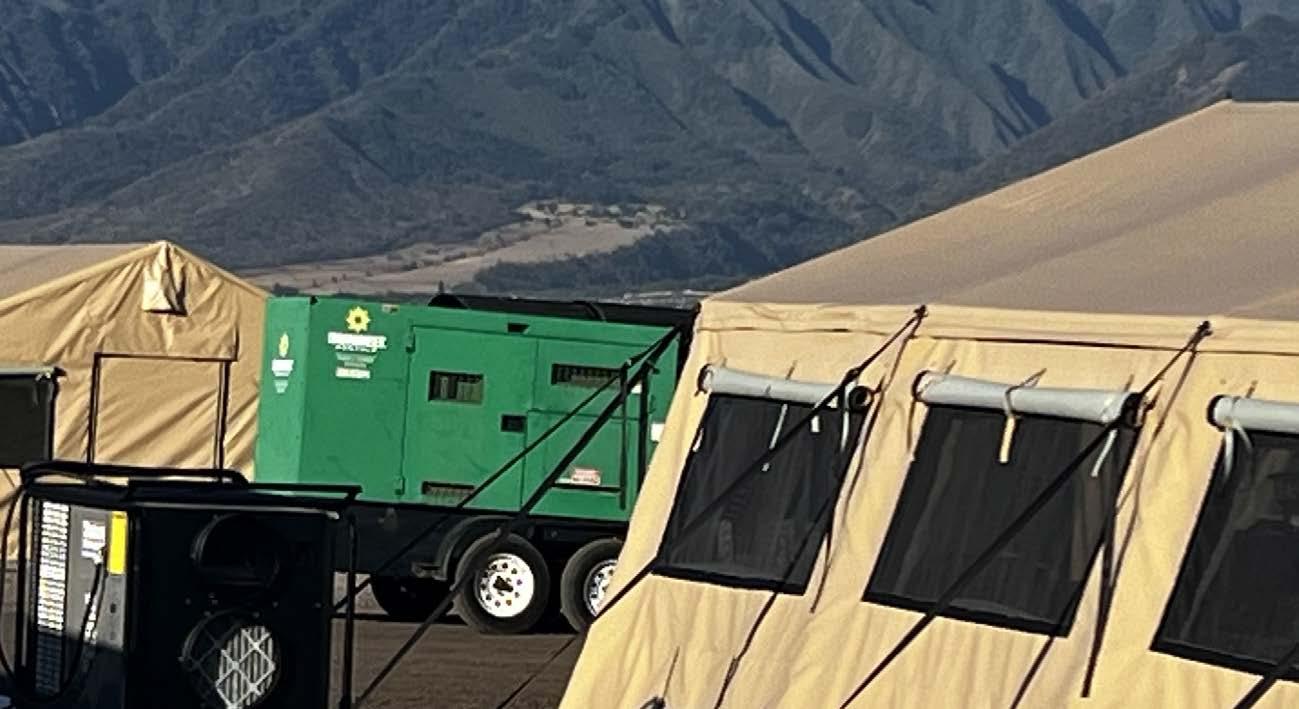

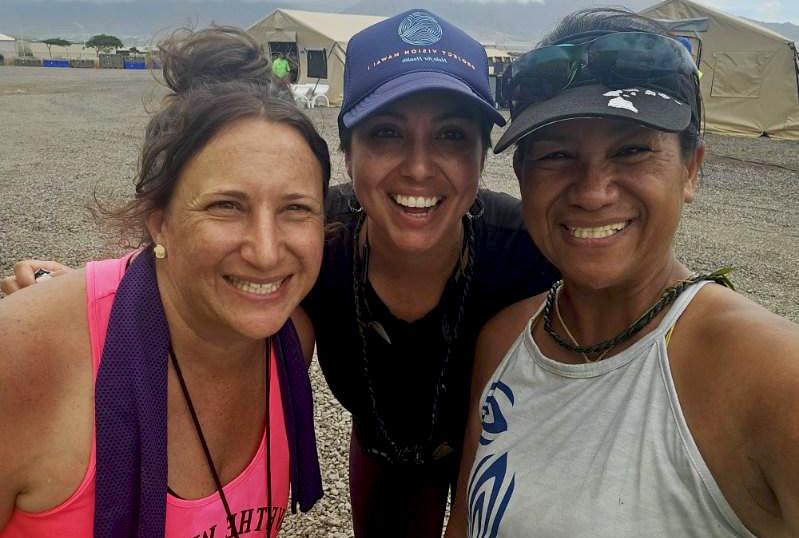
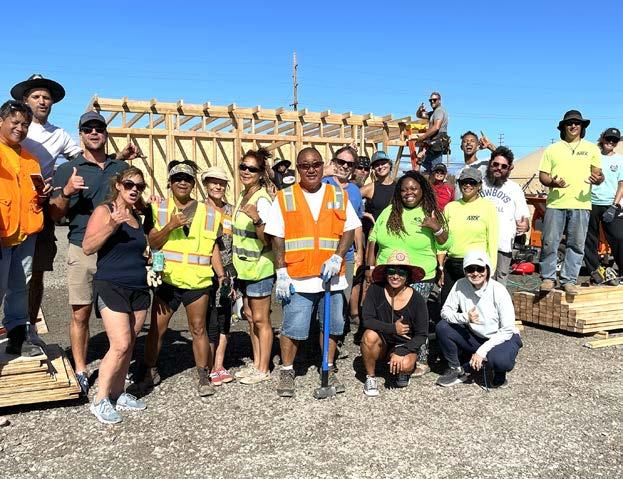
21
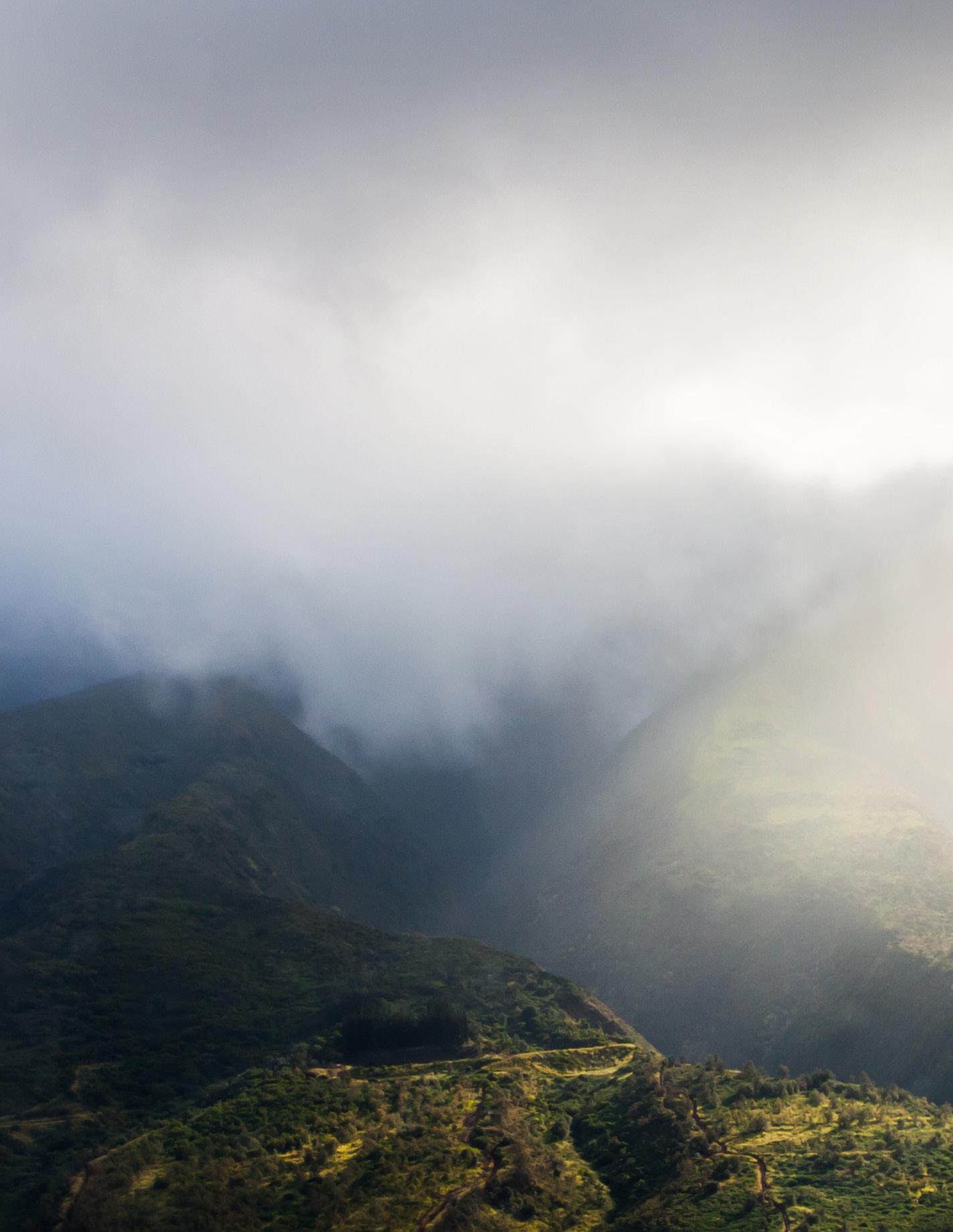
Keikei Lahaina i ka ua Pa‘ūpili
Majestic Lahaina in the Pa‘ūpili rain
‘Ōlelo No‘eau, Traditional Hawaiian Proverb
No Nā Kānaka: A Vision for Lahaina’s Long-Term Restoration & Healing 22

23
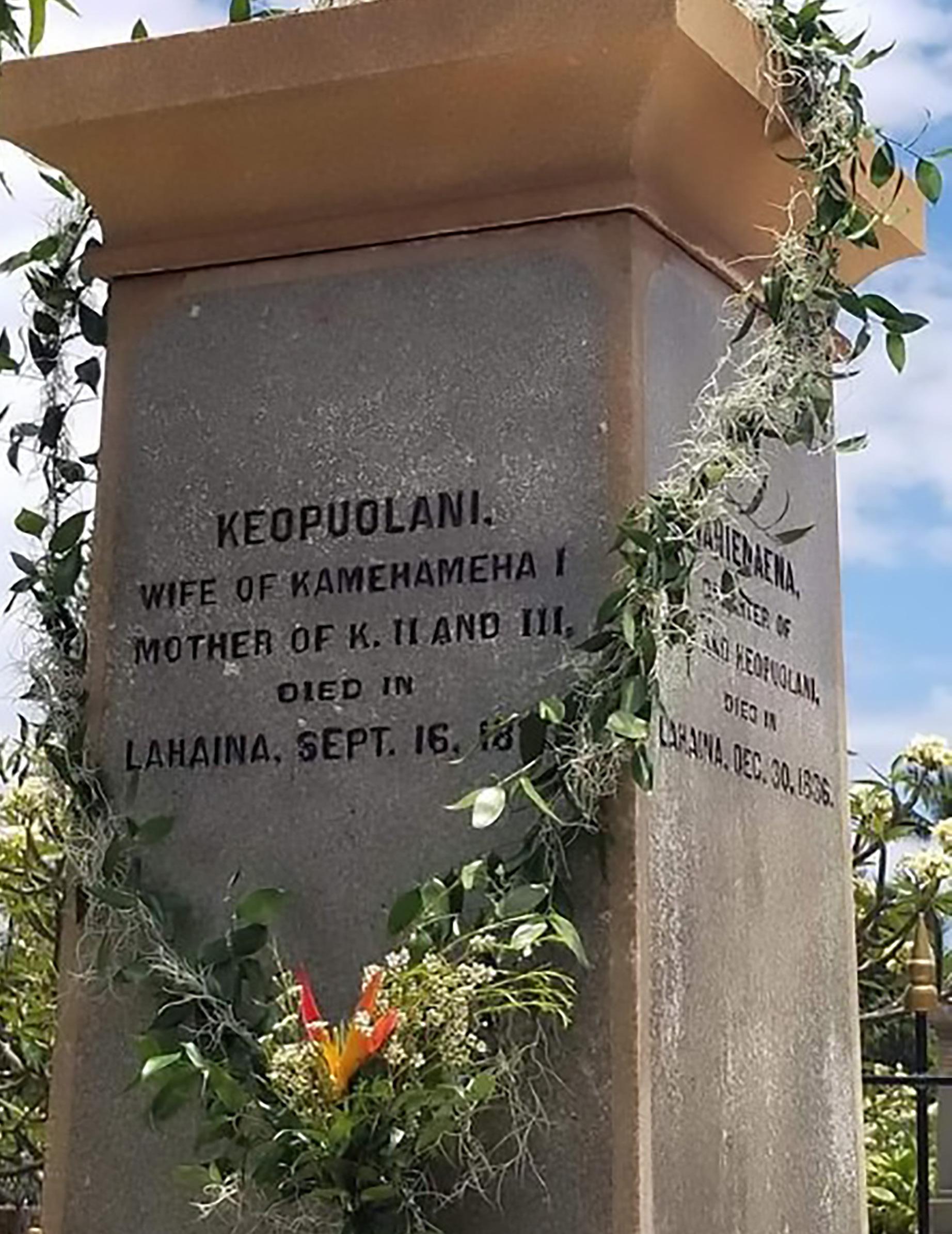
24 No Nā Kānaka: A Vision for Lahaina’s Long-Term Restoration & Healing
Returning to our roots
A young wahine born on Maui and raised at 547 Waine’e street near Waiola Church in Lahaina—land of the living waters, the moving waters—grows up deeply connected to her ‘ohana and her ancestral home. Her name speaks of a sweet wafting fragrance. For a quarter of a century, her mother, Emelia Kahili (Momona) Kaina, known affectionately as “Aunty Kahili,” was the konohiki for the royal tomb of Kalanikauika’alaneookeopuolani, the sacred wife of Kamehameha nui and the mother of his heirs Kamehameha II and Kamehameha III as well as Princess Nāhi‘ena‘ena.
Aunty Kahili was known as a genealogist, a keeper of knowledge, and an advocate for Hawaiian culture. She co-founded the Friends of Keopuolani with Lydia Poaipuni in 1972 to restore the royal tomb and ensure it would be cared for by the next generation while grooming her daughters for this kuleana. This young wahine’s father, Benjamin Jayme Aquino, the oldest of 13, worked for the county parks caring for Malu’ulu o Lele Park and then Lahaina’s iconic Banyan tree.
At only 17 years of age, this young wahine loses her mom and her world goes dark. She was raised to be independent and knows she must not burden her relatives so she leaves Lahaina and her family home to make her way in the world. She carries with her the kuleana passed on to her and her twin sister—to protect and honor the royal tomb of Keopuolani and Princess Nāhi‘ena‘ena—and in her heart she know that she will return to Lahaina when the time is right.
As this young wahine grows up, she becomes the kia’i for Mauna Haleakalā, protecting this sacred wao akua and leading sunrise ceremonies. After almost 40 years away from Lahaina, she watches with Maui and the world as her beloved hometown and Waiola church are taken by flames, yet the cemetery remains untouched. She doesn’t consider her own loss but can only think of the people that just lost so much. She shows up at the War Memorial fueled by a deep love for the people rooted in generations of stewardship. She organizes Da Hui to provide compassionate care for survivors. She has come home, young and old alike call her “Aunty Nettie.”
After more than seven months providing aid to impacted ‘ohana primarily in Central Maui, Nā Kia’i O Maui is being called to establish a presence in Lahaina. The following pages share our vision for our newest endeavor to serve the people as they transition into short and then long-term housing— the Lahaina Resource and Recovery Center.
25
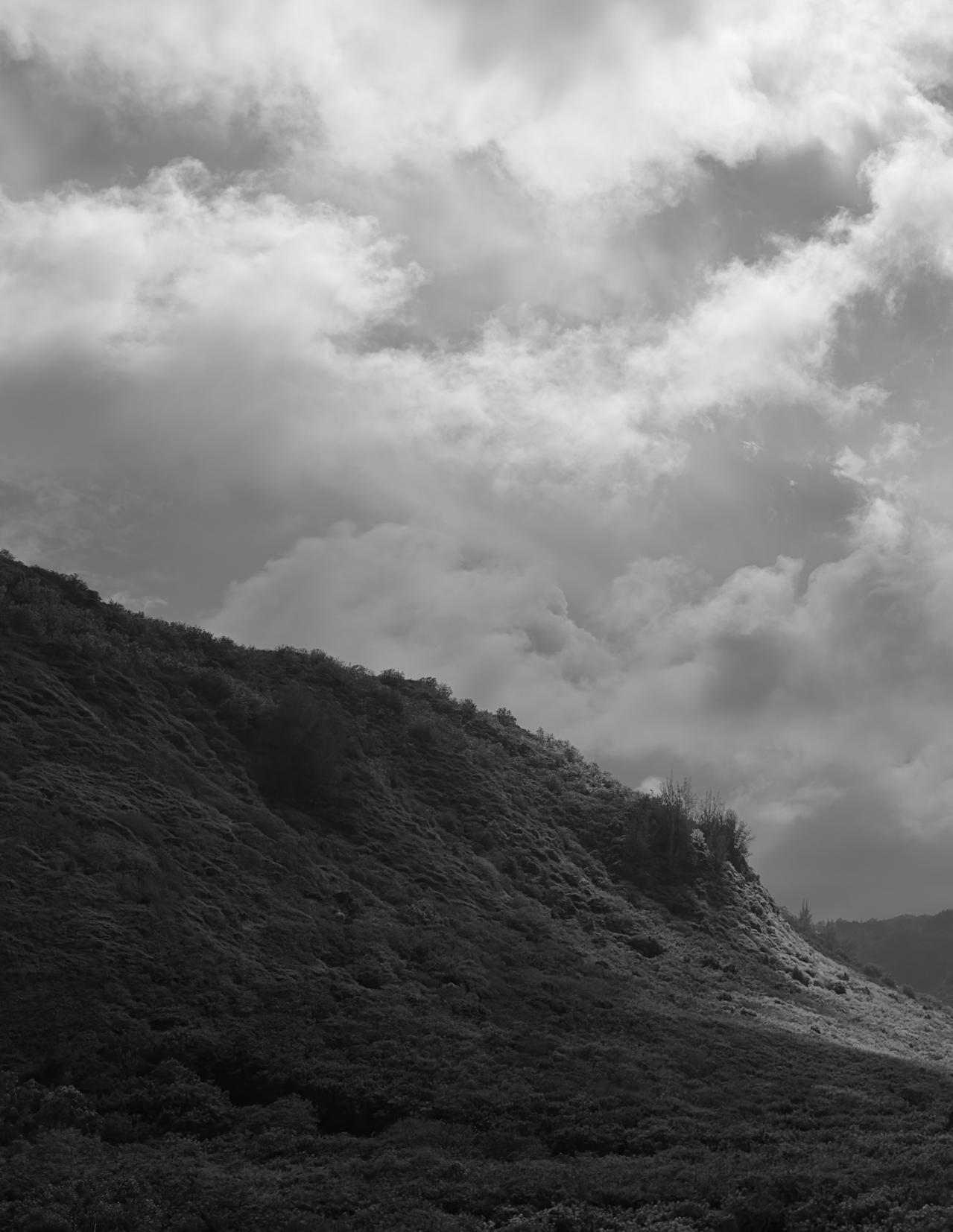
No Nā Kānaka
As families begin to move out of non-congregate shelters, Na Kia’i O Maui is pivoting to provide a robust array of support for this difficult transition. Even before the fires, Maui was in a housing crisis and it has been very difficult for survivors to secure homes. We were also dismayed to hear from families that they have been constantly moved from hotel to hotel over the past seven months, further exacerbating this very stressful time. Many survivors are still trying to find some place to land and reestablish a sense of normalcy to their lives.
To alleviate the burden of settling into their new residences, Nā Kia’i is currently seeking a home for the Lahaina Resource and Recovery Center (LRRC) which will provide ‘ohana with everything needed to furnish and outfit their homes. From large items like furniture and appliances, to smaller things like lamps, rugs, linens, pots and pans, and dishes, to consumables like laundry detergent, dish soap, and cleaning supplies.
Goods will be donated and volunteers will provide delivery to homes across Maui and assist with getting everything situated in the home keeping all goods and services free to families. Additional support will be provided for elderly and those with limited physical capacity for moving heavy items. We will evolve and expand this work to meet needs as they arise or change.
In addition to outfitting homes, the LRRC will create jobs for Lahaina people. It is our intention that paid positions created will be filled by Lahaina people—from warehouse workers, to contractors that service our facilities, to our insurance carriers, to equipment repair and maintenance.
Because so much was lost in the fire, there are very few options for a space that can fulfill our requirements for the LRRC. We have put an offer in for a 6,250 square feet warehouse in Lahaina that is a perfect fit for our needs. Available in the next month, this spacious warehouse with bay doors is just what we need for the LRRC while the large paved parking area opens up countless possibilities such as a farmer’s market or other activities that support Lahaina’s economic recovery.
26 No Nā Kānaka: A Vision for Lahaina’s Long-Term Restoration & Healing
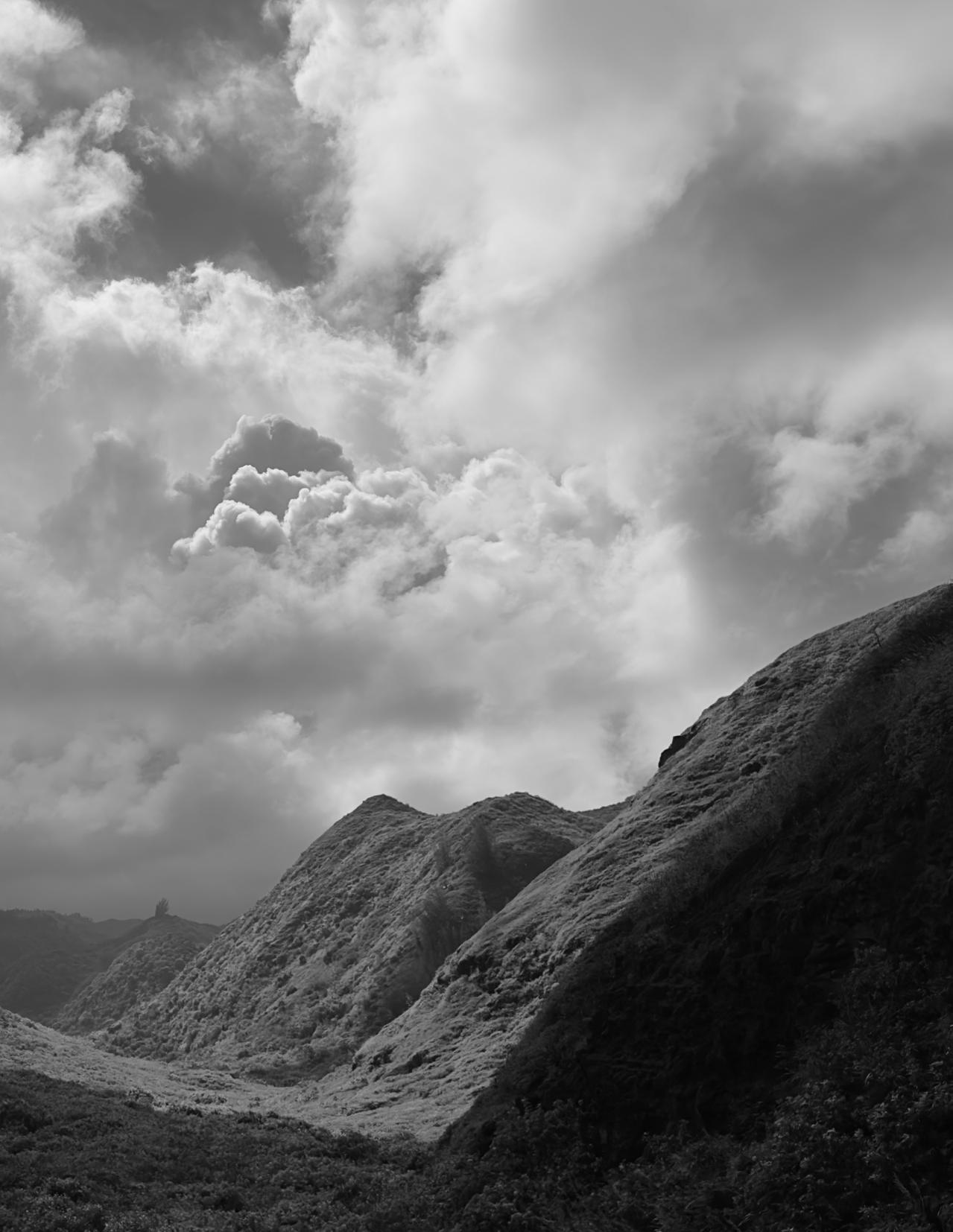
KIA‘i
to watch, guard to overlook, as a bluff guard, watchman, caretaker to pay very close attention to to protect as of a cherished place
27

28 No Nā Kānaka: A Vision for Lahaina’s Long-Term Restoration & Healing
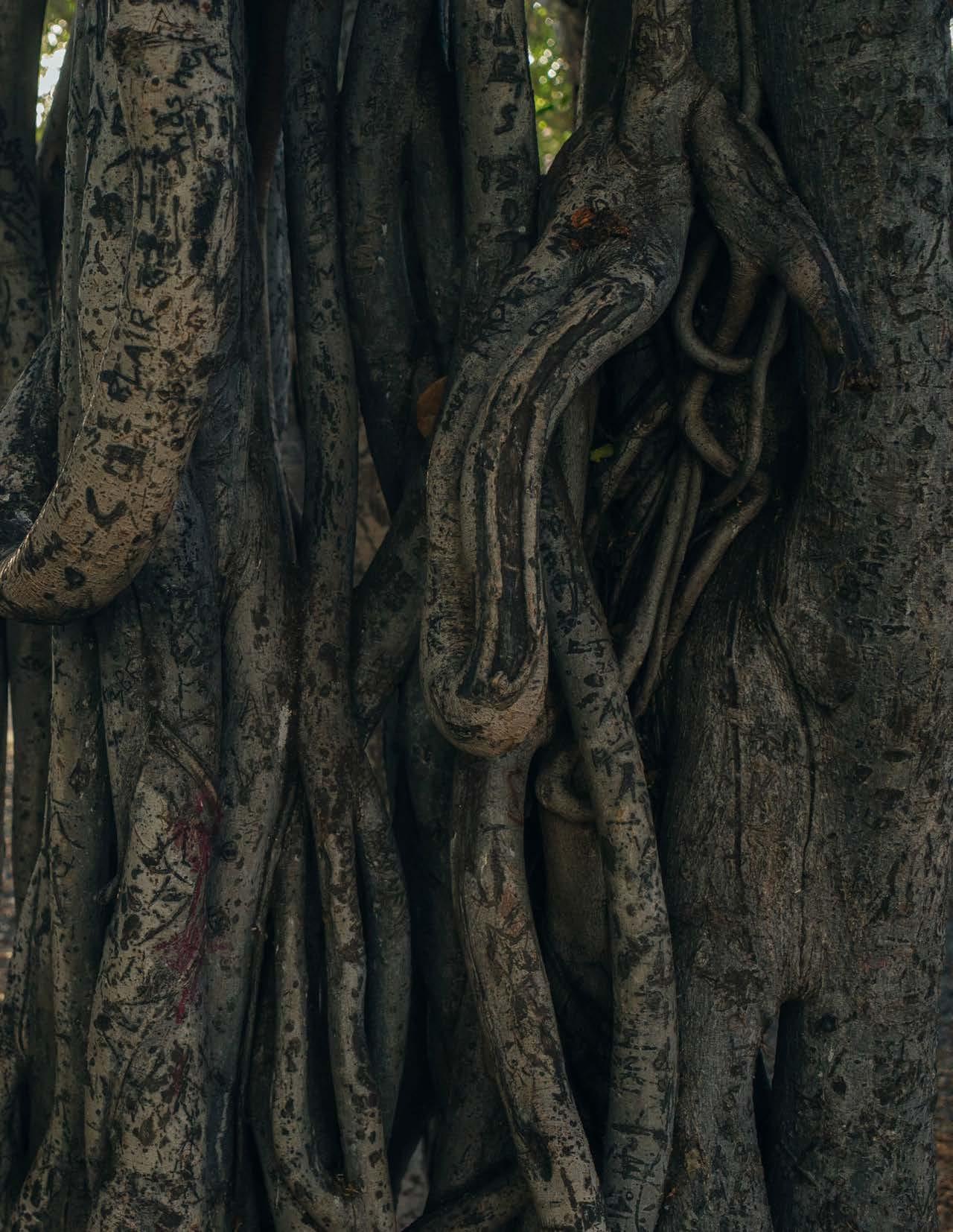
We need your help today!
We have been working hard to build a strong foundation for the Lahaina Resource and Recovery Center. We have key partnerships lined up, our core team trained, volunteers ready to go, policies and procedures created, donations promised, and most importantly families that need our support. We have successfully piloted our services with ten displaced ‘ohana so far. We have been operating in a mobile manner working out of storage containers. Our next step is to find a large warehouse to scale up our operations in preparation for the many families that will need this support.
Nā Kia’i O Maui is seeking to raise our operating costs for at least one year for the Lahaina Resource and Recovery Center by the end of April 2024! Please help us meet our fundraising goal of $1,478,155.
We will continue to raise funds and welcome your support at any time. In addition to funding, we always welcome volunteers and partners. Please don’t hesitate to reach out and connect with us!
It is essential that Nā Kia’i O Maui remain sovereign in our autonomy as a grassroots, people-centered nonprofit organization. Therefore, we are intentionally not pursuing FEMA or Red Cross dollars at this time. We welcome grants from private foundations and donations from businesses and donors that resonate with our approach and mission.
In the following pages we share why Nā Kia’i O Maui is a sound investment and how your donation will be leveraged to make the greatest possible impact on the people of Lahaina over the next five years. We will introduce you to our leadership and core team as well as our fiscal sponsor and community partners.
We’ve included a summary of our 5-year LRRC budget estimates and a brief budget narrative and we’ve also provided links to supporting documents. Thank you for taking the time to learn more about our organization!
29

Our Approach & Values
Nā Kia’i O Maui is a nonprofit organization incorporated in the State of Hawai’i that is currently seeking 501(c)3 status. Our mission is to provide emergency relief and assistance to everyone affected by natural disasters and fires. We are a servant organization stewarding and assisting where we are called. Where the people need us, we will be with the people.
Our approach is to go where the people need us, and everything we do is for the people, with the people, about the people. We meet the needs of our people through collaboration with the community and other non-profit agencies who are actively involved in rebuilding Lahaina and share our values of aloha (pure intentions), mālama (serving the community with care), kōkua (supporting and helping one another), lōkahi (harmony with the community), and hō’ihi (respecting others).
A deep and abiding aloha for the people instructs and fuels all of our efforts. Aloha is expressed through the pilina (loving connections) that we share with one another. The ability to nurture pilina is Nā Kia’i O Maui’s most powerful and transformative contribution to Lahaina’s long-term healing and recovery. Whether you are a fire survivor, displaced ‘ohana, volunteer, community partner, or funder you are welcomed as family. Genuine caring, affection, and love builds a strong sense of community, belonging, and hope.
This is the secret to our incredible team of 1,000+ volunteers as well as our robust network of diverse partners across multiple sectors. These relationships are why we are able to build cities or hubs in a matter of days versus months. We believe in and activate the power of KĀKOU—all of us. Together we form a vast ‘upena with the land and people of Lahaina at our center.
The task at hand is immense, the demands of this healing journey greater than any one person, organization, or entity can carry alone. It will take all of us working in cooperation over a sustained period of time for the greater good of the people to heal and restore Lahaina.
30 No Nā Kānaka: A Vision for Lahaina’s Long-Term Restoration & Healing
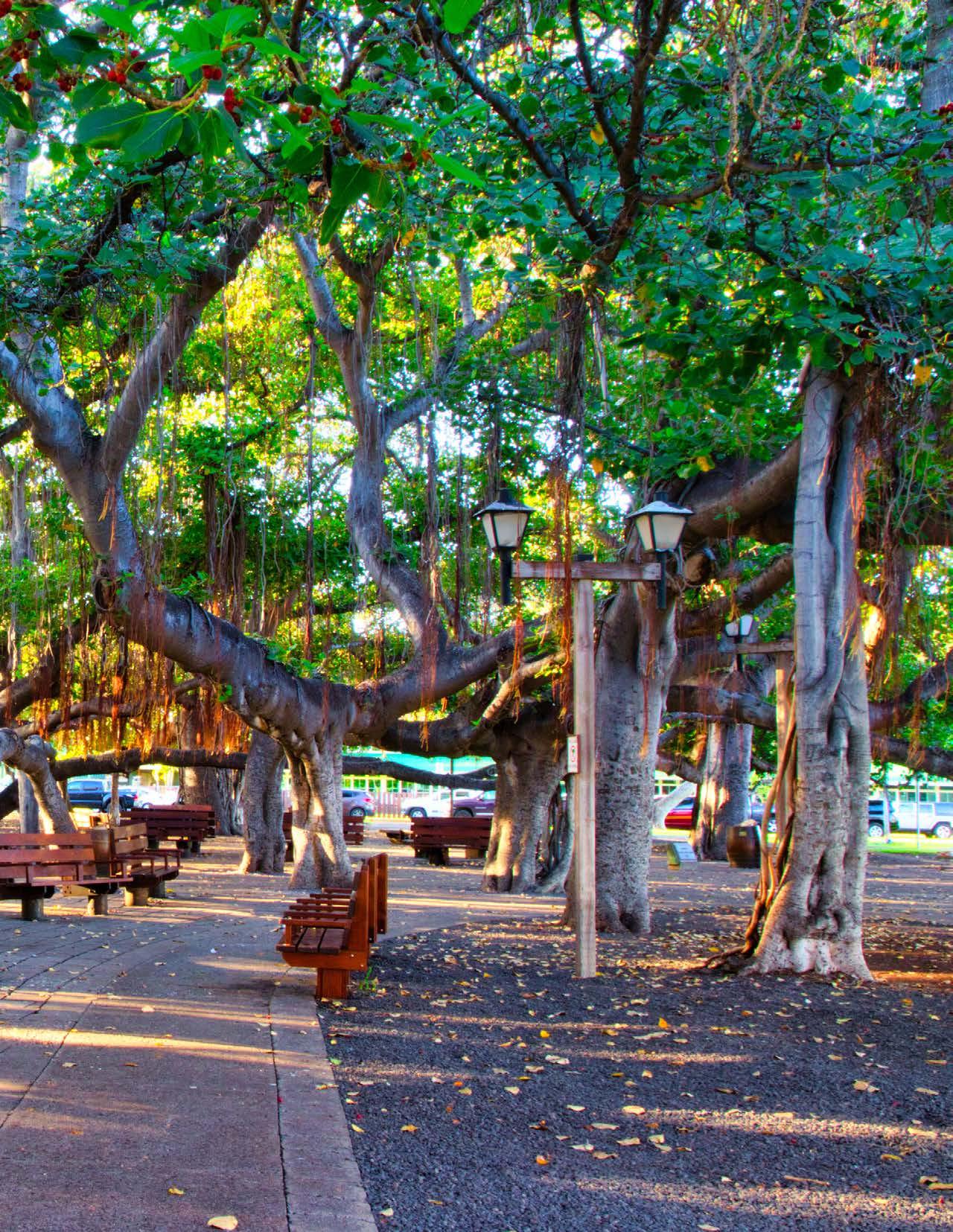
31
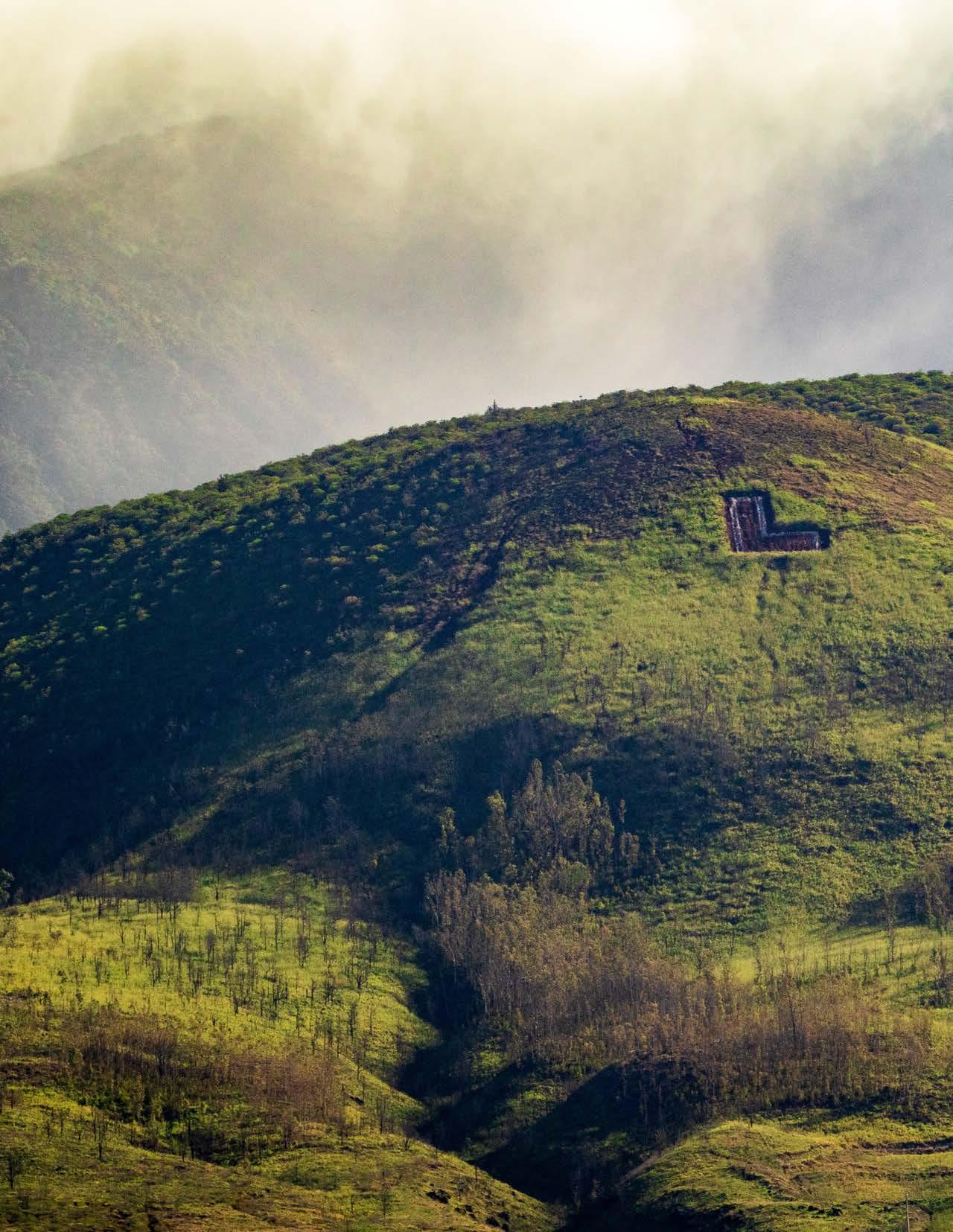
32 No Nā Kānaka: A Vision for Lahaina’s Long-Term Restoration & Healing
Our Leadership & Core Team
Nā Kia‘i O Maui is led by a dedicated and skilled core team that collectively possess profound knowledge, skills, and decades of experience. All of our core leaders and board members are Native Hawaiian Maui residents with ties to Lahaina.

Nettie Aquino Po’o (Executive Director)
Nettie Aquino has long ties to the Lahaina community and is deeply rooted to Hawaiian values and culture. She and her twin sister Nadine are the konohiki for the Royal Tomb of Queen Keopuolani. She was the Kia’i of Haleakalā for many years before founding Nā Kia’i O Maui.
Board President /Admin Robin Leihuanani Kealiinohomoku
Robin has decades of experience as an entrepreneur and leader of her own nonprofit organization. She has been an active leader in the Hawaiian community and brings a wealth of knowledge, skills, and experience to Nā Kia’i O Maui as our board president and administrator.
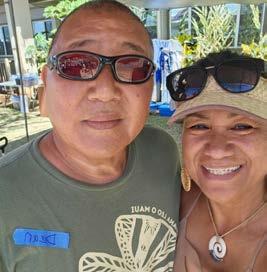
Dean Kodama Forklift & Equipment Operator, Cook

Dean is a skilled forklift/equipment operator who has been with Nā Kia’i O Maui since day one alongside his partner Nettie. In addition to his duties operating equipment, Uncle Dean takes care of our team, cooking us delicious meals, making us smile, and providing overall support.
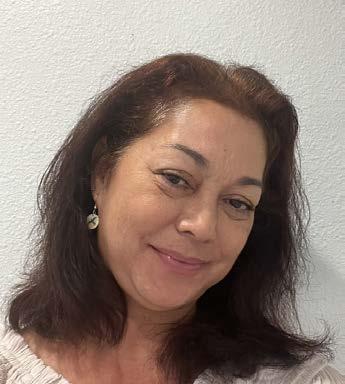

Board Treasurer Kekoa Enamoto
Aunty Kekoa brings to our team extensive experience in nonprofits, community, and fundraising. She spent 28 years as a journalist for the Honolulu Star-Advertiser and the Maui News. She is a strong advocate for the Native Hawaiian community and is active with several groups.
Aulani Gaspar Program Manager
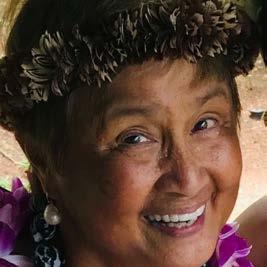
Aulani is a dedicated team member who is passionate about Nā Kia’i O Maui’s vision, mission, and work. She has a huge heart for the people and is Aunty Nettie’s ‘opihi. She has experience with volunteer management, program implementation, and makes those we serve feel comfortable and cared for.
Board Secretary Tara SabaDo
Tara has worked for Maui County Parks and Recreation department for many years as the Wailuku District Supervisor. She has a diverse skill set and has been an incredible addition to our team. With her in-depth understanding of local government she provides critical guidance for us.
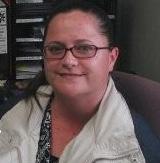
33

Elevating the collective power of aloha
We believe in the power of the collective and that our shared aloha for those we serve is our most valuable resource. Since day one, Nā Kia’i O Maui has been all about collaborations. We will work with anyone and everyone that enables us to better serve the people. Some of our key collaborations and relationships have been detailed in the following pages.
Maui Rapid Response
Maui Rapid Response is an ‘ahupua’a based disaster response team founded in 2020 that provides a wide array of services for the people impacted by the August fires. MRR and Project Vision requested Nā Kia’i O Maui collaborate with them for the build of Pu’uhonua O Nēnē. MRR continued to provide donations and services throughout our time at Pu’uhonua O Nēnē. MRR is also gathering furniture for families and will partner with Nā Kia’i O Maui to move furniture currently housed in several locations to LRRC for distribution to families.
Project Vision
Project Vision is a humanitarian nonprofit that seeks to increase access of health and human services for homeless people of Hawai’i.
Nā Kia’i O Maui developed a close relationship with Project Vision over the four months that Aunty Nettie was the Project Manager at Pu’uhonua O Nēnē. Project Vision will house a case management specialist at LRRC to work with displaced families and provide wrap around services.
Hui O Wa‘A Kaulua
Hui O Wa’a Kaulua is a nonprofit organization that runs educational programs using voyaging to nurture values of mālama honua. Their double-hulled canoe Mo’okiha o Pi’ilani is an important outdoor classroom. Hui O Wa’a Kaulua has been working steadily with Na Kia’i O Maui since our days at Central Hub by providing and distributing donations throughout Maui. We will continue to work closely with Hui O Wa’a Kaulua at the LRRC.
34 No Nā Kānaka: A Vision for Lahaina’s Long-Term Restoration & Healing

Malu
shade, shelter, protection, peace, strength shaded, peaceful, quiet, safe, tranquil tranquility, serenity, peacefulness
35

Red Cross
Nā Kia’i O Maui first worked with Red Cross at the War Memorial shelter and this relationship was strengthened as families moved to hotels. In those early days families were mistrustful of FEMA and Red Cross and Red Cross asked Nā Kia’i O Maui (then known as Da Hui) to step in and become ambassadors to connect families to the wrap around services that were being provided at the hotels. They also asked Nā Kia’i O Maui to train their volunteers to continue the work we were providing at the hotels.
Aumana
Aumana is a Maui-based nonprofit organization that collaborated with Nā Kia’i O Maui to build and run Central Hub. Aumana provided all the heavy equipment and the open lot where we set up our Hub. We will continue to work with Aumana to help heal Lahaina.
‘Ohana Keiki Exchange
‘Ohana Keiki Exchange secures and distributes donations for families in need on the island of Maui. They also host events for families especially during special holidays to share donated goods. ‘Ohana Keiki Exchange has been providing donations to Nā Kia’i O Maui since Central Hub to the present.
Hope Chapel Kihei
Hope Chapel, like many other Maui churches, really stepped up to help survivors impacted by the August fires. When Nā Kia’i O Maui was at the War Memorial, Hope Chapel provided critical donations that filled gaps not already met with donated goods. We would text them our needs and they would send out their shoppers and show up with just what we asked for.
Sugar Beach Events
Sugar Beach Events is a business that runs an ocean-front venue in Kihei. They supported Nā Kia’i O Maui by providing meals for our volunteers from our early days at War Memorial and then at Central Hub. They also provided meals directly to displaced families, first responders, and volunteers throughout Maui.
Boys and Girls CLUB
Boys and Girls Clubs of Maui is a youth-focused organization that provides centers and support for youth on Maui. They have supported Nā Kia’i O Maui by providing donations to Pu’uhonua o Nēnē.
36 No Nā Kānaka: A Vision for Lahaina’s Long-Term Restoration & Healing

Polynesian Adventure tours
Polynesian Adventure Tours, Aunty Nettie’s former employer, provided buses, sprinters, and cargo vans to deliver donations to hubs in West Maui and they are continuing to provide free services to Lahaina. When the War Memorial Center shut down, they worked with Nā Kia’i O Maui to bus all the donations out to hubs.
Maui Rescue Mission
Maui Rescue Mission provides essential services to the homeless community on Maui including mobile showers, bathrooms, and laundry services. Maui Rescue Mission worked with Nā Kia’i O Maui to provide laundry services for Pu’uhonua O Nēnē.
Kihei canoe club & Na Kai ‘Ewalu Canoe Club
Kihei Canoe Club and Na Kai ‘Ewalu Canoe Club provided the large tents we used for Central Hub.
Bower’s Construction
Bower’s Construction donated flooring and side walls for Central Hub.
Aloha Bright
Aloha Bright provided donations at Central Hub.
Pukalani Nazarene Church
Pukalani Nazarene Church provided donations at Central Hub and Pu’uhonua O Nēnē.
My Tita’s Cafe
My Tita’s Cafe provided food and beverages at War Memorial and would come out on the weekends and set up their tent and provide free drinks and food for survivors.
Hawaii Tours Official
Hawaii Tours Official worked with Nā Kia’i O Maui to provide donations and helped with distributions to impacted families.
We also worked closely with the leaders at the 38+ hubs that we serviced while at Central Hub. In addition to these local Maui businesses and organizations, there are several key individuals that we worked closely with over the past seven months.
37

In the very early days immediately following the August fires, while communications were still down, Aunty Kanani Adolpho would take supplies from War Memorial and deliver them by helicopter or boat to the pockets of people still in Lahaina.
One volunteer provided a flatbed truck for Nā Kia’i O Maui’s use from War Memorial through Pu’uhonua O Nēnē days. He would take all the laundry from War Memorial, have it washed, and return fresh linens.
A recently completed apartment complex in Wailuku, Ogawa Apartments, was used to house fire survivors. Fran Waite worked closely with Nā Kia’i O Maui to secure donations and care for these families. Fran also connected us with Kiley, a leader at the Kelawea Mauka hub who requested Nā Kia’i O Maui’s help to build infrastructure and secure donations at Kelawea Mauka
Todd Gailey, a fireman that came from the mainland, provided financial support for purchasing donations and salaries for core volunteers.
Toya Rasaga created our beautiful logo. These amazing folks are just a few notable examples of the vast ‘upena (net) that sustains Nā Kia’i O Maui’s work.
Our Funders
Nā Kia’i O Maui has received very little funding to date. We are so thankful to the Hawai’i’s People’s Fund that awarded us a $7,500 Urgent Action Grant as well as a $20,000 Maui Aloha grant. We also received a $5,000 donation from the Dorrance Family Foundation and a $4,500 donation from Pamela Tronson. Our fiscal sponsor Hōlani Hāna also passed along a $5,000 donation from Makoa Quest and a second $5,000 donation that has directly supported our efforts. These funds have helped us to sustain our core positions and purchase critical supplies. We have been awarded a $25,000 discretionary grant from the Weinberg Foundation through Aloha United Way as a fiscal sponsor.
In addition to these local Maui groups, we have also built strong partnerships with mainland-based organizations that are supporting fire relief efforts on Maui. Nā Kia’i O Maui provides cultural and community orientation for mainland-based groups to help better orient and prepare them for working with the Maui community.
38 No Nā Kānaka: A Vision for Lahaina’s Long-Term Restoration & Healing

Good360
Good360 works with companies to secure donated goods for nonprofit groups using a survivor-centric approach to support long-term recovery. Good360 is committed to providing donations and funding for nonprofit organizations involved in long-term relief efforts for Maui. Good360 will be providing donations of goods for LRRC.
Praying Pelicans
Praying Pelicans is an interdenominational ministry that works with local grassroots organizations and agencies to serve the community during disaster response and recovery. Praying Pelicans has been providing support to Maui as of March to support long-term recovery needs. Praying Pelicans will provide volunteers for LRRC and all Maui communities and nonprofits such as Lahaina Strong, Maui Strong, Upcountry Strong, and other communities of Maui. Nā Kia’i O Maui has also connected Praying Pelicans to community groups involved in long-term recovery.
All Hands and Hearts
All Hands and Hearts is disaster relief organization working internationally that has been helping to coordinate and provide volunteer support for grassroots community efforts. All Hands and Hearts will be supporting the LRRC with 7-10 full-time volunteers that will rotate out every two weeks.
Sails to Shelter
Sails to Shelter is a nonprofit organization that reclaims large used sails to give them a second life as a variety of useful products such as shelters, walls, backpacks, etc. Sails to Shelter currently has thousands of yards of this versatile material on Maui that is not available to the public commercially. Sails to Shelter is going to provide sail material to Nā Kia’i O Maui to be used to construct a workshop and we are exploring other ways to use the material. We will be collaborating on future projects together.
39
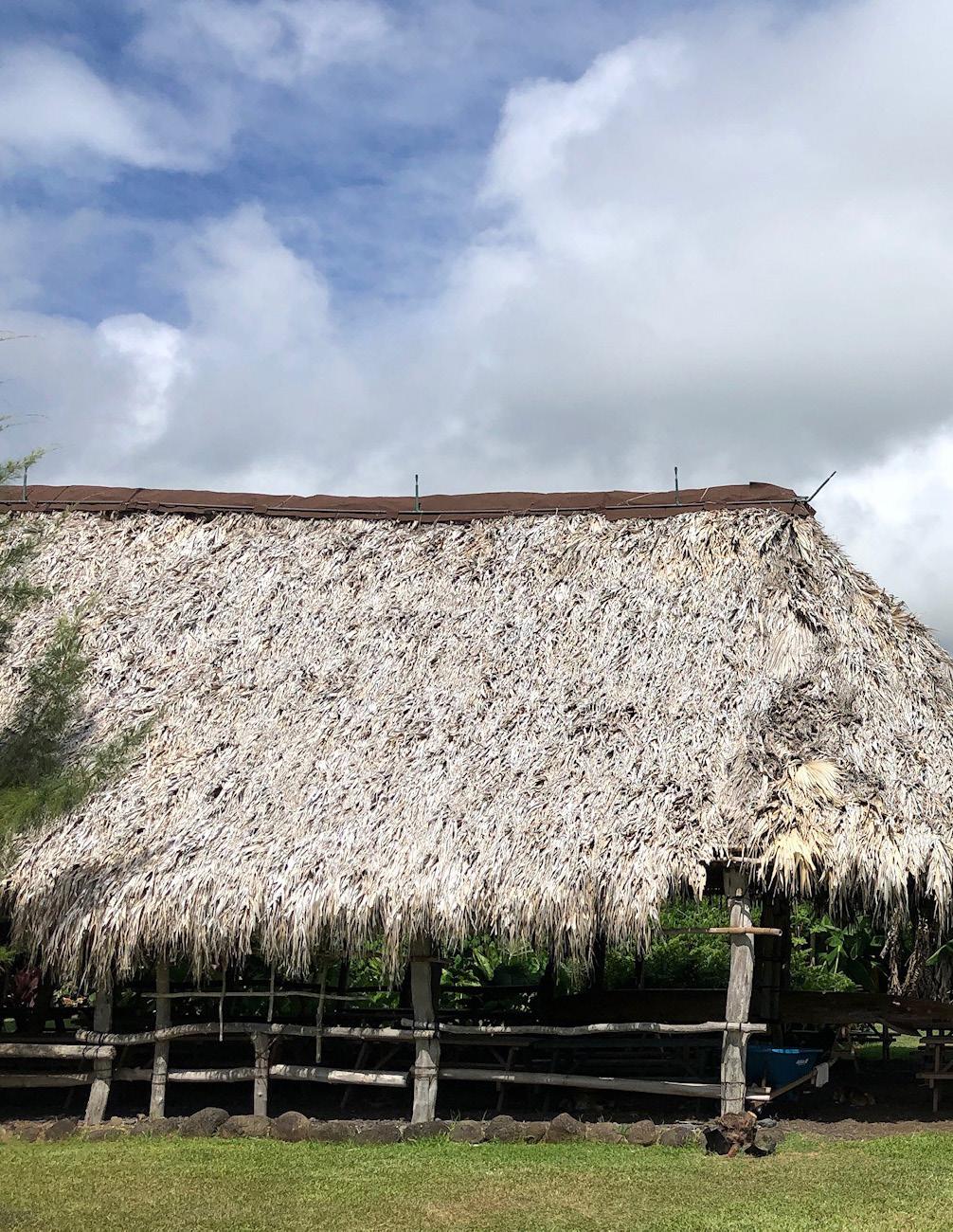
40 No Nā Kānaka: A Vision for Lahaina’s Long-Term Restoration & Healing
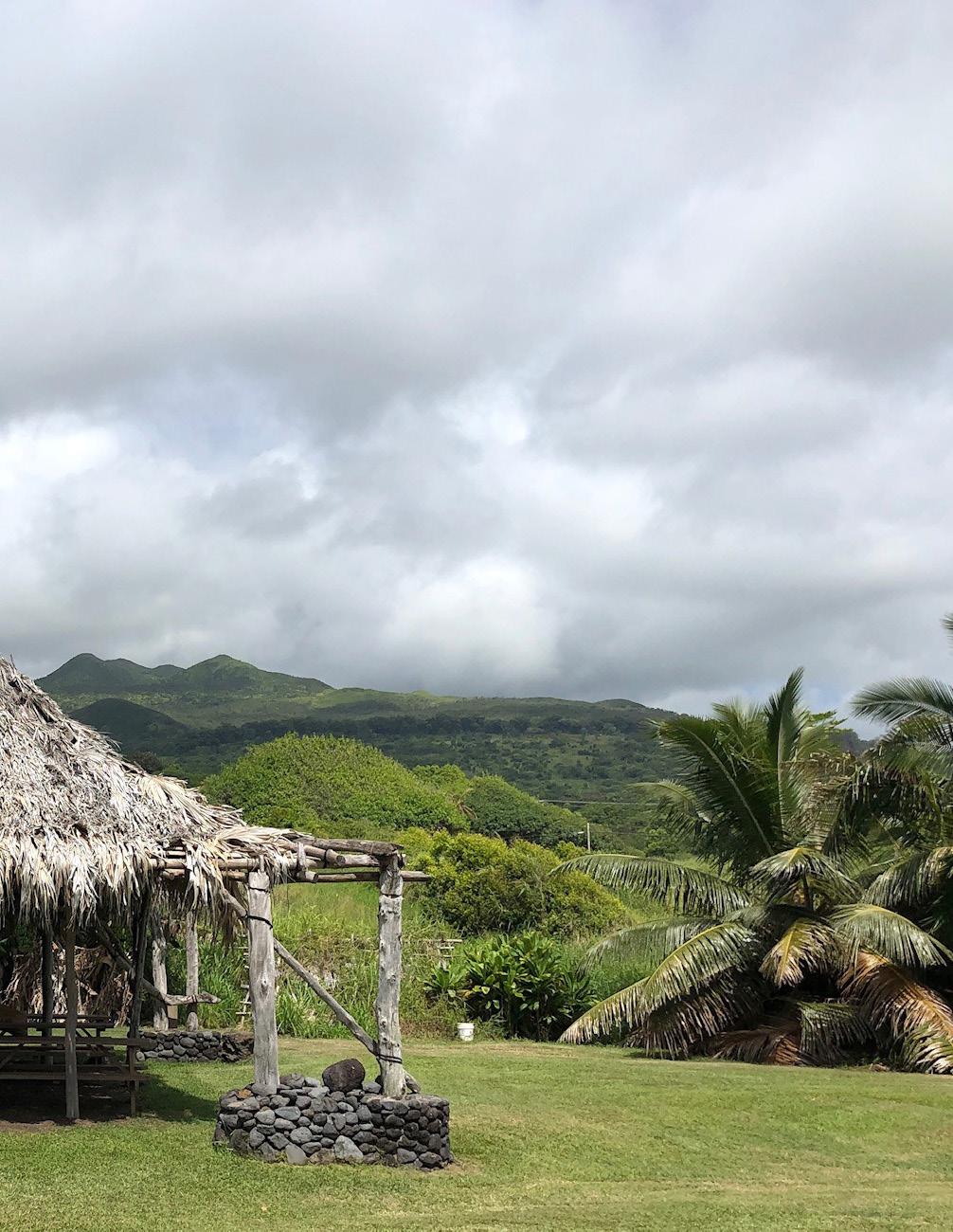
Scaling up through fiscal sponsorship
We are fortunate to have the steadfast support of our fiscal sponsor Hōlani Hāna, a 501(c)3 Native Hawaiian organization that stepped up to offer core support to community groups engaged in fire response efforts. Under its Pilina programmatic pillar, Hōlani Hāna has been providing fiscal sponsorship and capacity building support to nonprofits in East Maui for the past five years.
In the weeks following the August 8th fires, Hōlani Hāna’s Executive Director, Kauwila Hanchett, established a kīpuka in Central Maui to support grassroots, boots-on-ground community efforts. She met Aunty Nettie while volunteering at the hub at 150 Hāna Highway and they made an instant and lifelong connection. At this point in time, Nā Kia’i O Maui’s core team needed to return to work.
Hōlani Hāna helped to secure some seed funding to establish three paid positions for NKOM—Executive Director (1.0 FTE), Administrator (0.5 FTE), and Program Manager (1.0 FTE). Although we only had enough funds to meet the first payroll we took a leap of faith together because we knew this important work needed to be sustained. Beginning September 1, 2023, we pivoted these core volunteers to paid positions which made all the difference for our organization! These positions have been sustained to the present.
Our fiscal sponsor has offered us support in many critical ways that has enabled Nā Kia’i O Maui to sustain and scale up our operations over the past seven months. Hōlani Hāna has a strong 6-year track record under Kauwila’s leadership as being a trusted nonprofit that conducts it operations with a high level of integrity and aloha.
Through our fiscal sponsor, we are able to receive grants and donations; manage funds in compliance with GAAP and funder requirements; hire and mālama staff and contractors as needed; and meet all other obligations for compliance and project management.
Kauwila has more than twenty years of experience working for and growing nonprofit organizations in her home communities of East Maui and Molokai. She is especially skilled at fund development, grant management, and nonprofit compliance.
41

LRRC 5-Year Budget
Expense Year 1 Year 2 Year 3 Year 4 Year 5 Personnel 473,200 485,030 497,156 509,585 522,324 Payroll Taxes & Fringe 168,760 171,404 174,114 176,892 179,739 Contractors 14,400 14,400 14,400 14,400 14,400 Facilities 512,418 500,141 519,478 539,782 561,101 Equipment 85,000 18,000 18,000 18,000 18,000 Supplies 90,000 90,000 90,000 90,000 90,000 Subtotal 1,343,778 1,278,975 1,313,148 1,348,659 1,385,564 In-direct (G &A) 134,377 127,897 131,314 134,865 138,556 TOTAL 1,478,155 1,406,872 1,444,462 1,483,524 1,524,120 5-YEAR TOTAL EXPENSE 7,337,133 INCOME Year 1 Year 2 Year 3 Year 4 Year 5 Grants 328,155 631,872 644,462 633,524 624,120 Partnerships 100,000 100,000 100,000 100,000 100,000 Donations 1,000,000 600,000 600,000 600,000 600,000 Mission-Driven Revenue 50,000 75,000 100,000 150,000 200,000 TOTAL 1,478,155 1,406,872 1,444,462 1,483,524 1,400,520 5-YEAR TOTAL INCOME 7,337,133
42 No Nā Kānaka: A Vision for Lahaina’s Long-Term Restoration & Healing

LRRC 5-Year Budget Narrative
PERSONNEL: Although the bulk of our labor will be provided by volunteers we will sustain a core team of paid positions that include Executive Director (1.0 FTE @ an annual salary of $83,200); Program Manager (1.0 FTE @ an annual salary of $52,000); Program Administrator (1.0 FTE @ an annual salary of $72,800); Housing Navigator (1.0 FTE @ an annual salary of $83,200); Forklift Operator ($25/hour x 12.92 hours/wk); 4 Program Staff that will be paid hourly at $20/hr x 40 hrs/wk ($41,600 annually). We have included an annual 2.5% cost of living increase in all salaries and wages.
PAYROLL TAXES & FRINGE: We will cover all mandated payroll taxes and fringe costs including 7.65% FICA, 2.8% SUTA, 6.7% TDI, 5.2% Workman’s Compensation, and $750/employee/month estimated average health insurance premium for all full time positions.
CONTRACTORS: We shall contract a social media/website specialist at $1,200/month.
FACILITIES: This includes the 6,250 square feet warehouse with a one time deposit of $30,693, plus monthly rent of $30,693 with a 5% annual increase, $5,300/month for electricity, $122/ month for water, $250/month for telecommunications, $2,000/month for insurance, and $1,200/ month for cleaning and maintenance.
EQUIPMENT: Our equipment expenses include three purchases: a forklift with extender at $26,000, two pallets jacks at $6,000 total, and a box truck for deliveries at $35,000. We already have a work truck and trailer. We have also budgeted $1,500/month for vehicle expenses including registration, insurance, safety checks, repair/maintenance, and fuel.
SUPPLIES: Our project supplies include the following monthly expenses: $1,300 for propane (for forklift), $1,500 for gas/mileage, $1,500 for warehouse supplies, $700 for office supplies, and $2,500 for meals for our volunteers. This totals $7,500 per month for supplies
GENERAL & ADMINISTRATIVE: Our general and administrative expenses have been estimated at 10%.
INCOME: In year one, we anticipate our revenue will be from 68% private donations, 7%, partnerships, 22% grants, and 3% mission-driven revenue. We are currently launching a fundraising campaign to raise 1 million dollars for LRRC through private donations and crowd source funding. In addition to this book, we will utilize a GoFund Me campaign to get the kāhea out. We will also be seeking grants from HCF’s Maui Strong Fund, as well as private local and national foundations. Partnership will include rent support from entities that are sharing space with us. Mission-driven revenue will include consultation contracts to provide cultural and community orientation and other training services for agencies, organizations, and businesses.
43
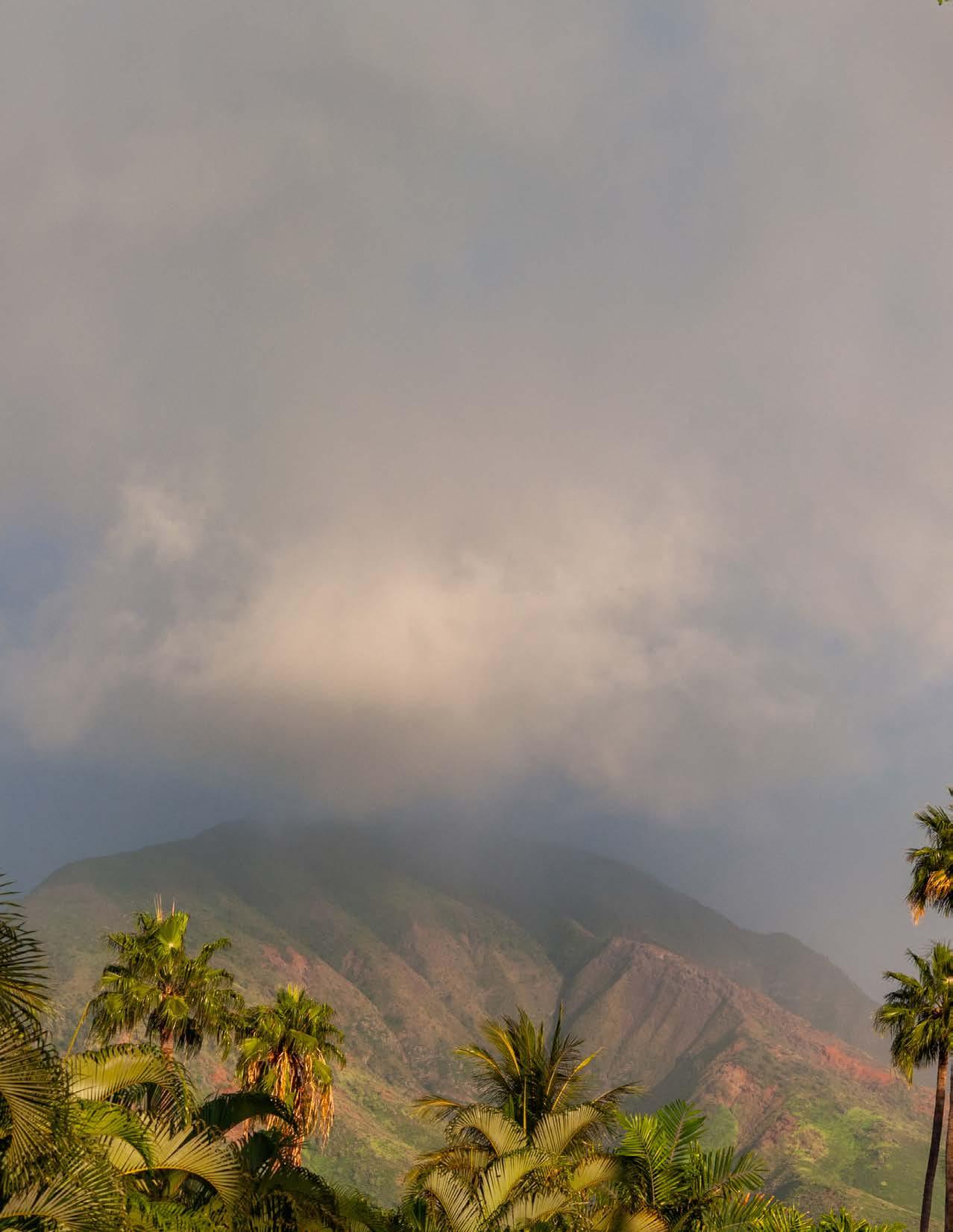
Links to Supporting Documents
Nā Kia’i O Maui: White Paper
Nā Kia’i O Maui: Goals
Nā Kia’i O Maui: Bylaws
Nā Kia’i O Maui: EIN IRS Letter
Nā Kia’i O Maui: Board of Directors & Key Leadership
Hōlani Hāna (Fiscal Sponsor): FY2122 Audited Financial Statements
Hōlani Hāna (Fiscal Sponsor): FY2122 Form 990
Hōlani Hāna (Fiscal Sponsor): FY2223 Profit and Loss Statement
Hōlani Hāna (Fiscal Sponsor): FY2223 Form 990
Hōlani Hāna (Fiscal Sponsor): IRS Letter of Determination
Hōlani Hāna (Fiscal Sponsor): Certificate of Vendor Compliance
Hōlani Hāna (Fiscal Sponsor): W9
Hōlani Hāna (Fiscal Sponsor): Board & Leadership
Hōlani Hāna (Fiscal Sponsor): Articles of Incorporation
Hōlani Hāna (Fiscal Sponsor): Bylaws

44 No Nā Kānaka: A Vision for Lahaina’s Long-Term Restoration & Healing
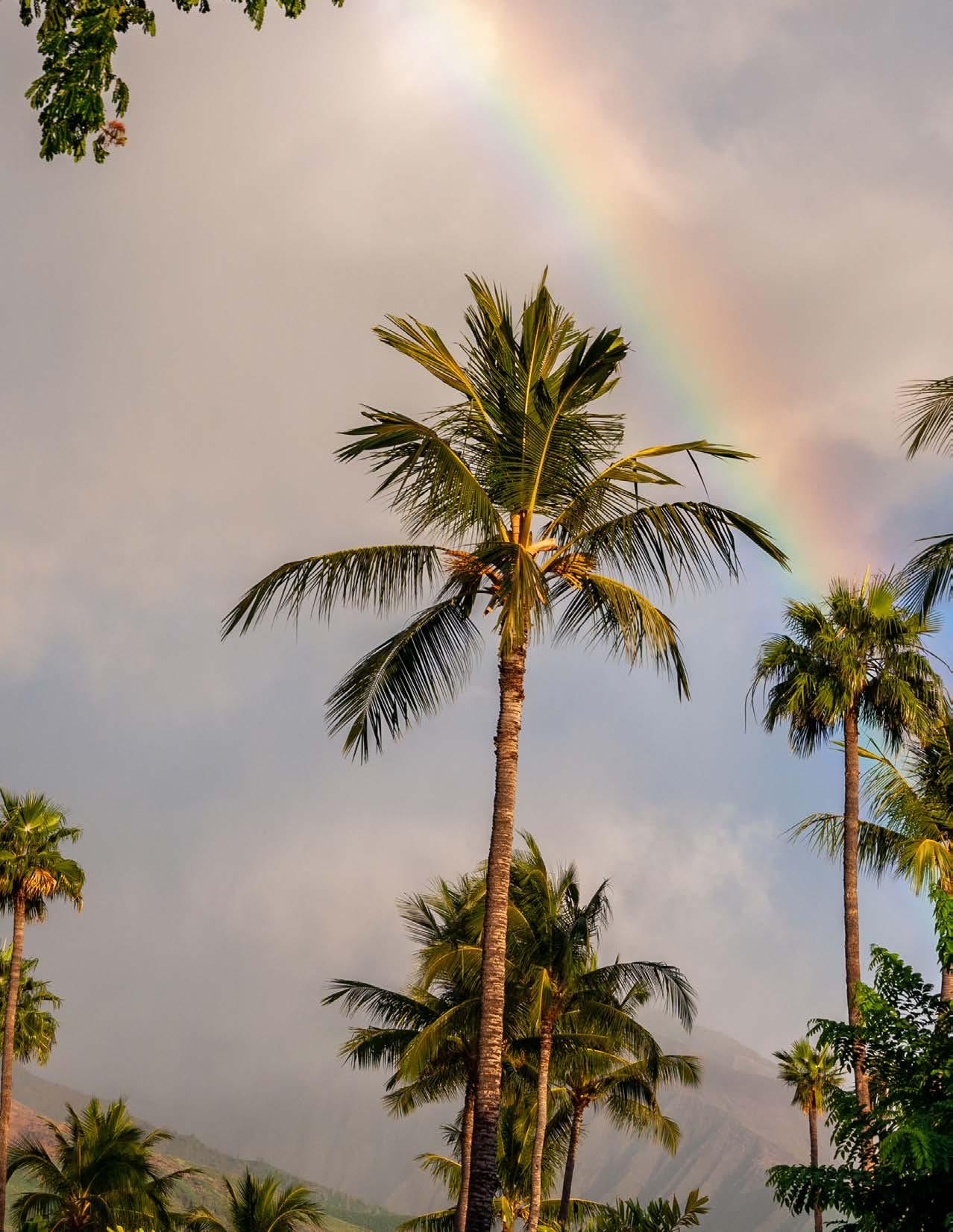
to grow, increase, spread increasing, rising, or growing inspired by spirit or an ideal, stirred a grove, as of breadfruit trees center, as of a canoe or net
45
ULU
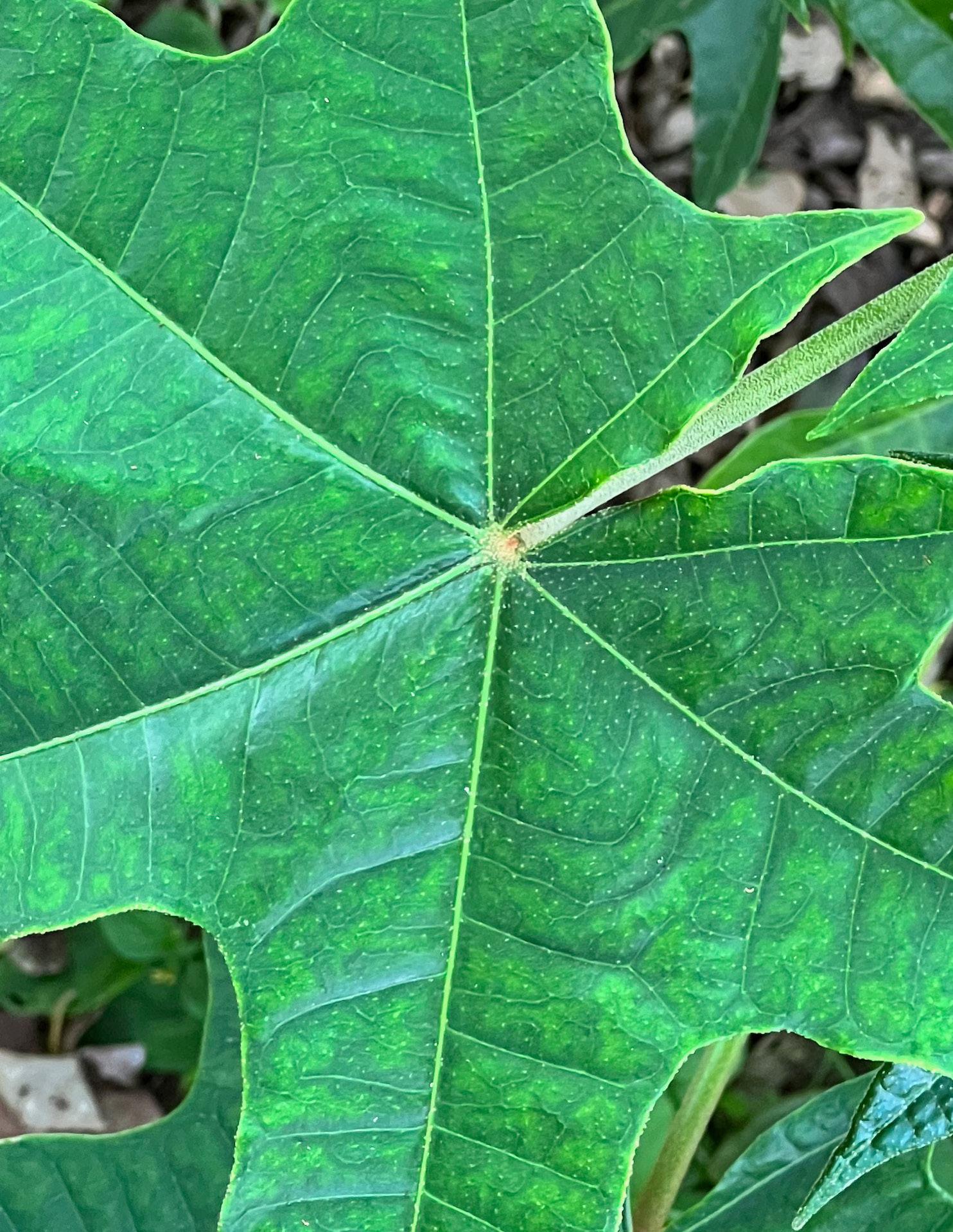
46 No Nā Kānaka: A Vision for Lahaina’s Long-Term Restoration & Healing
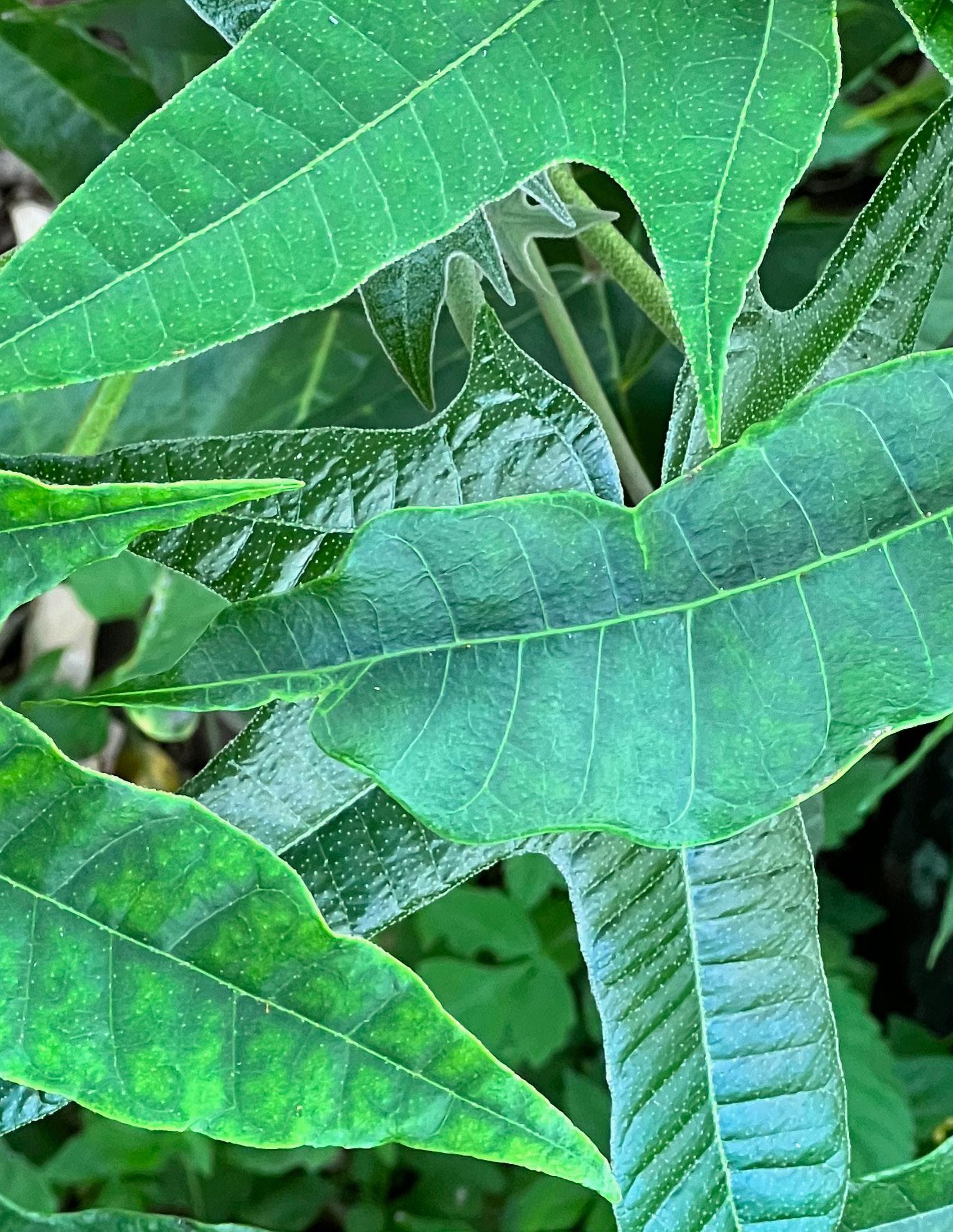
Ways to Contribute to LRRC
There are several ways you can contribute to the Lahaina Resource and Recovery Center and Nā Kia’i O Maui. Grants and donations can be made directly to Nā Kia’i O Maui or through our 501(c)3 fiscal sponsor Hōlani Hāna. Nā Kia’i O Maui’s 501(c)3 status is currently pending IRS approval. 100% of funds will go directly to Nā Kia’i O Maui as Hōlani Hāna does not charge us an administrative fee and funds their own expenses incurred in support of Nā Kia’i O Maui.
Online donations to Nā Kia’i O Maui can be made through our website at www.nakiaiomaui.org, see QR code below.
Donate through Nā Kia’i O Maui’s Venmo account @nakiaiomaui or by accessing the link below.
Check out our fundraising campaign on Givebutter! Check us out on Instagram and Facebook.
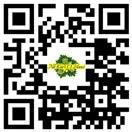

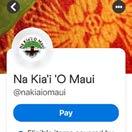

If these options don’t work for you, please reach out at any time for more information.

Aunty Nettie Aquino
Executive Director, Nā Kia’i O Maui
PO Box 330736, Kahului, Hawai’i 96733-9988 nakiaiomaui@gmail.com, (808) 298-8915
Kauwila Hanchett
Executive Director, Hōlani Hāna
355 Hukilike Street, #207, Kahului, Hawaii 96732 haleholani@gmail.com, (808) 463-6259
Website Instagram Venmo This Book
47
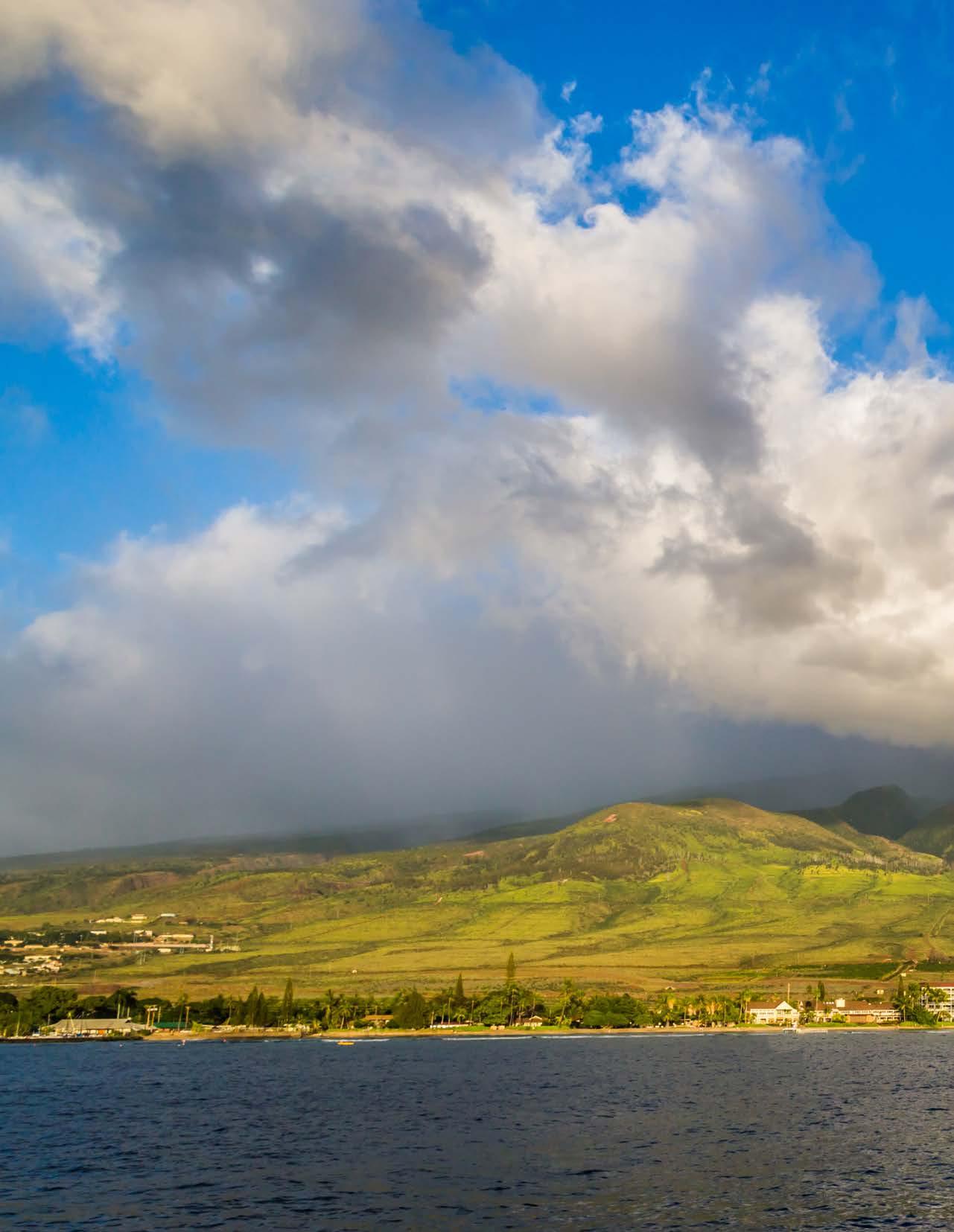
Mahalo E Ke AkuA
Mahalo E Nā Kūpuna
We honor Akua and express our gratitude for the many blessings












































































